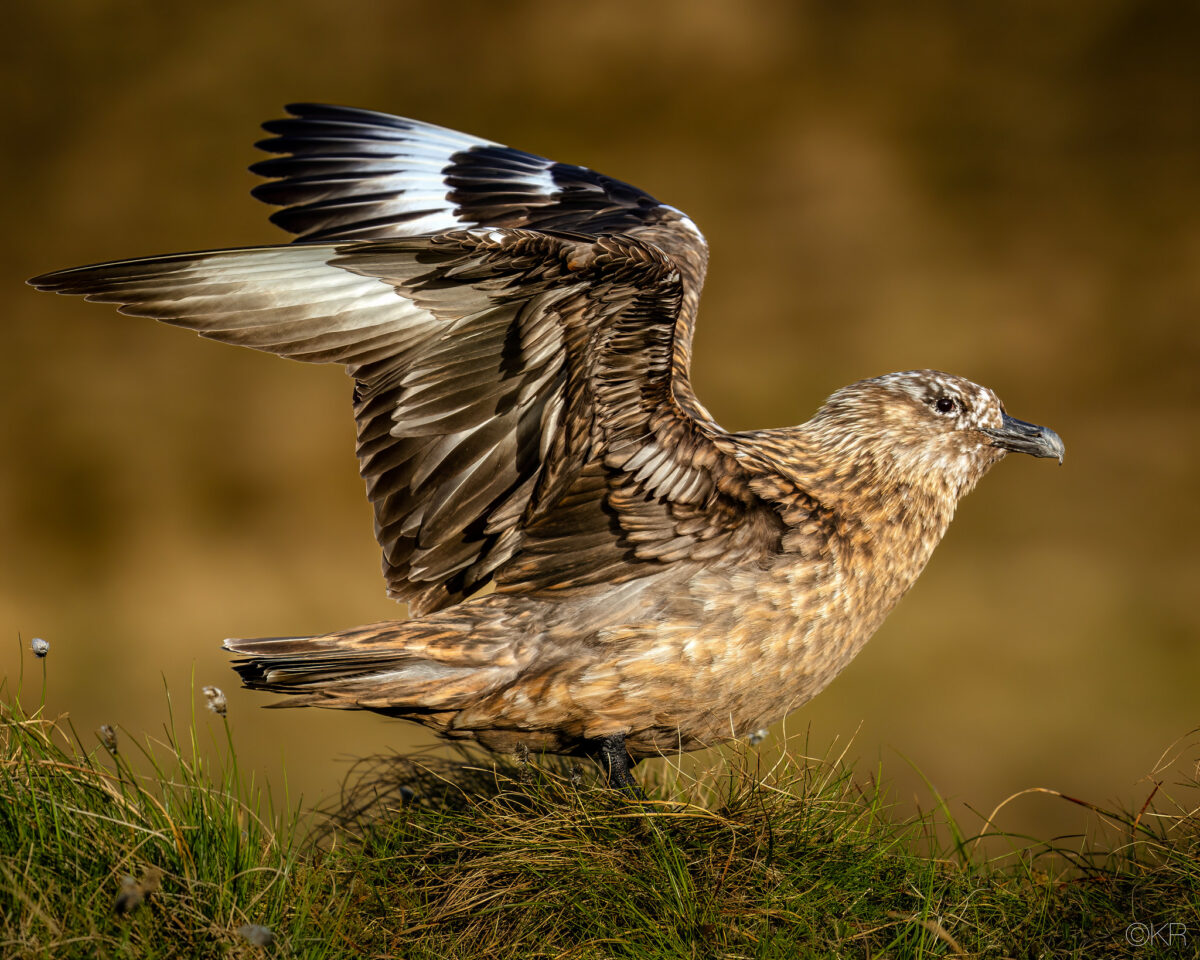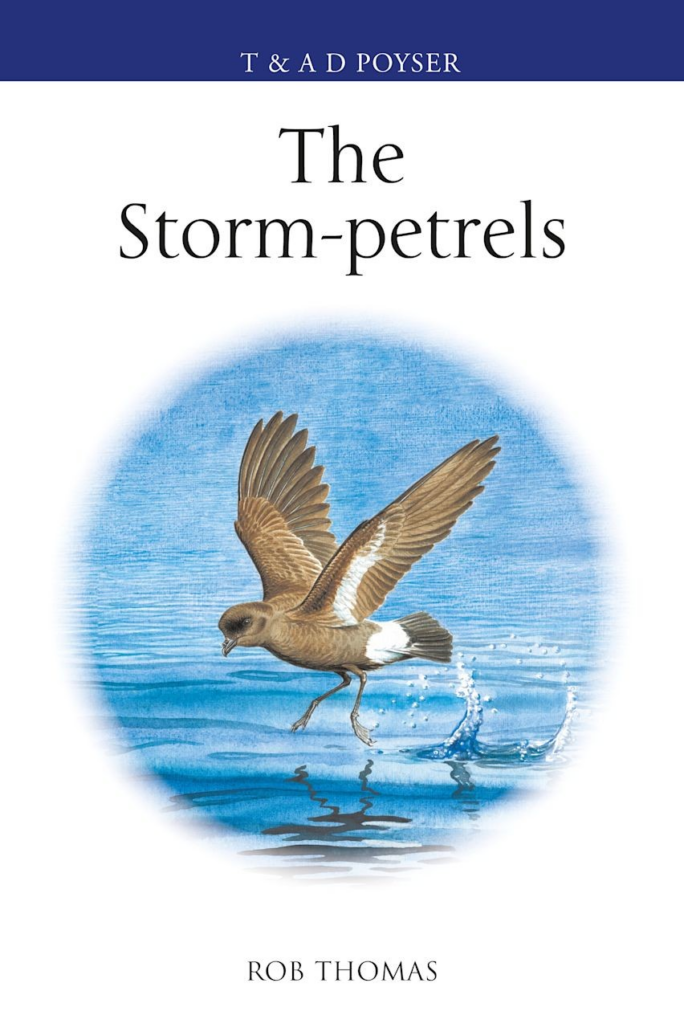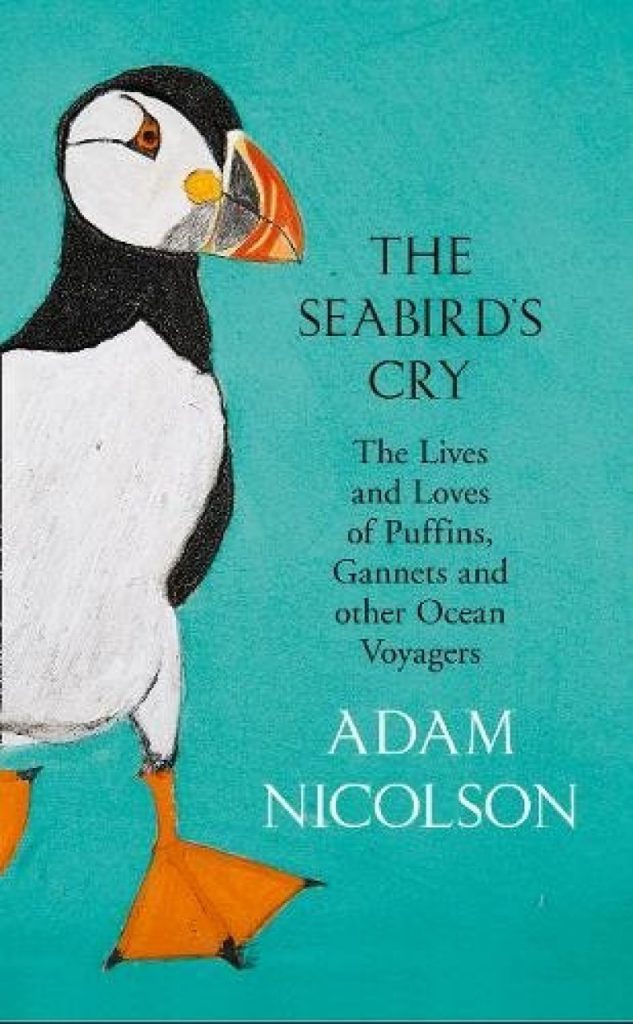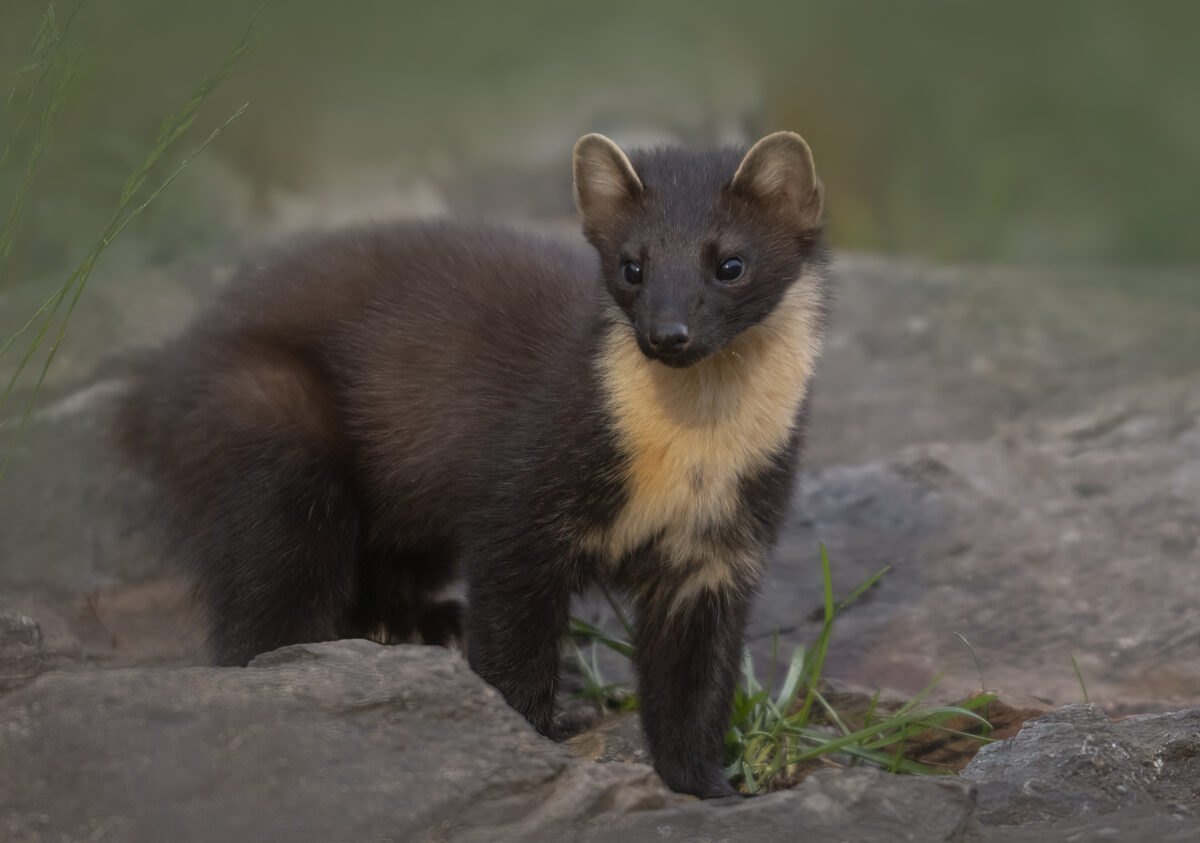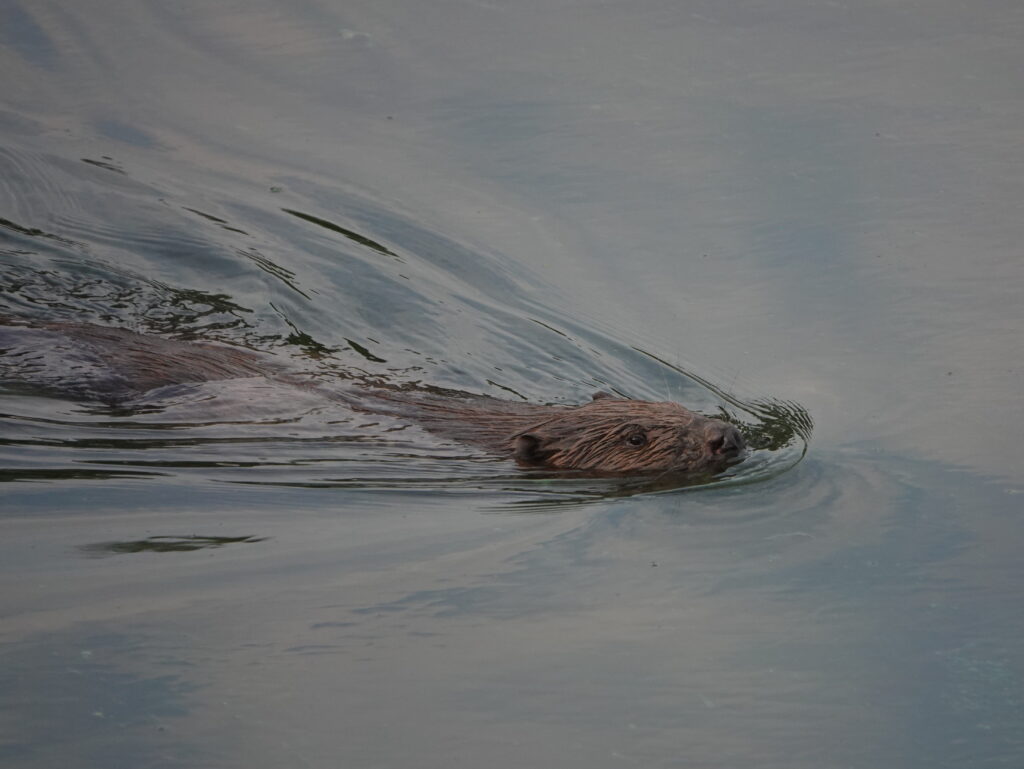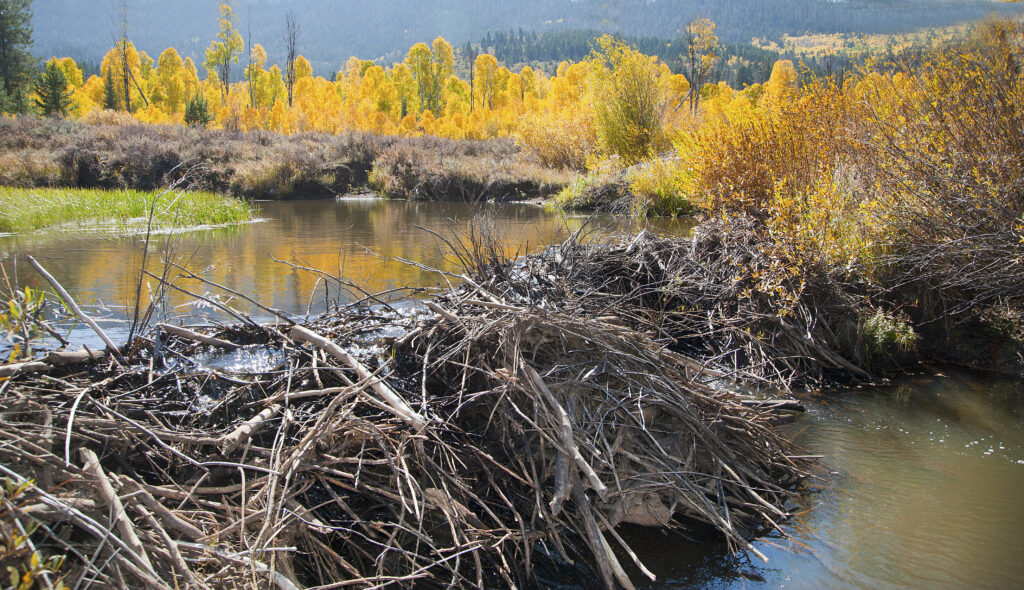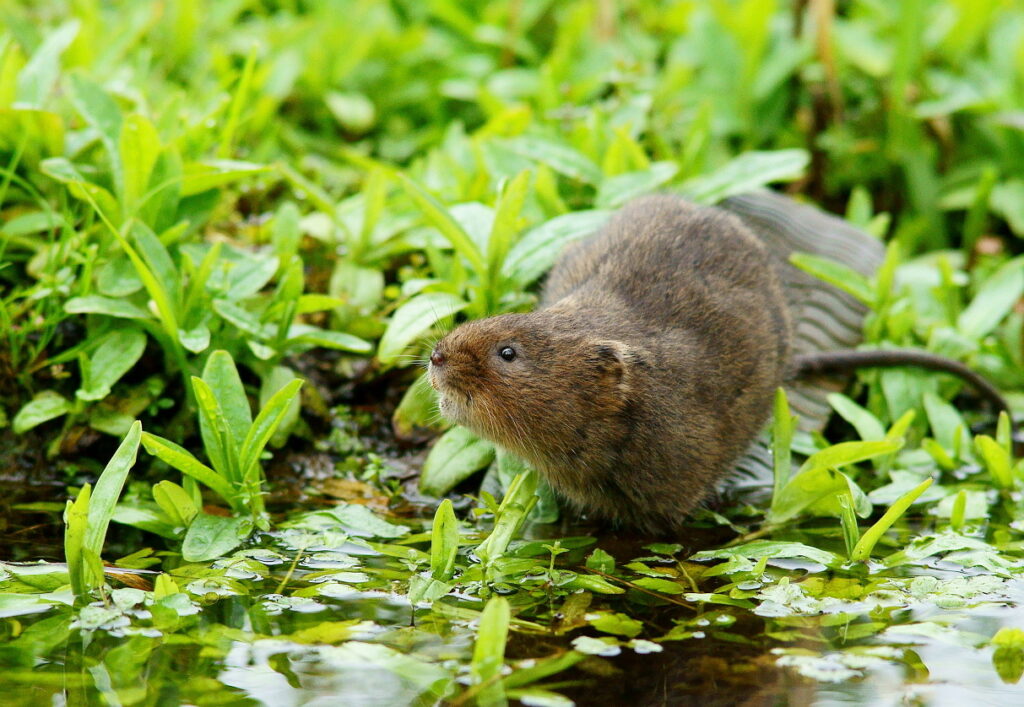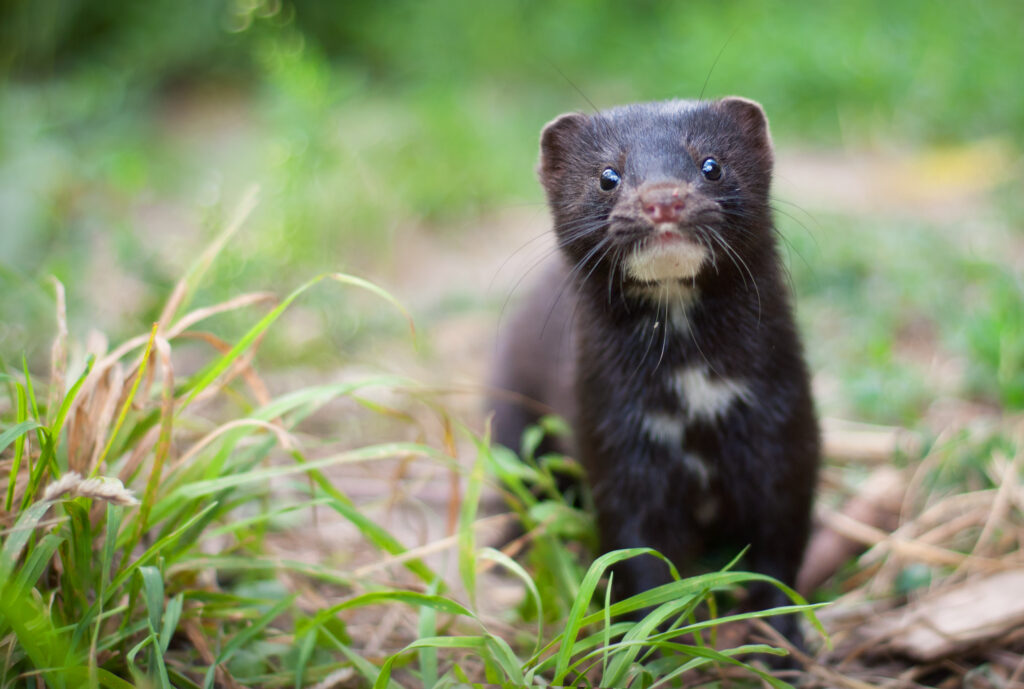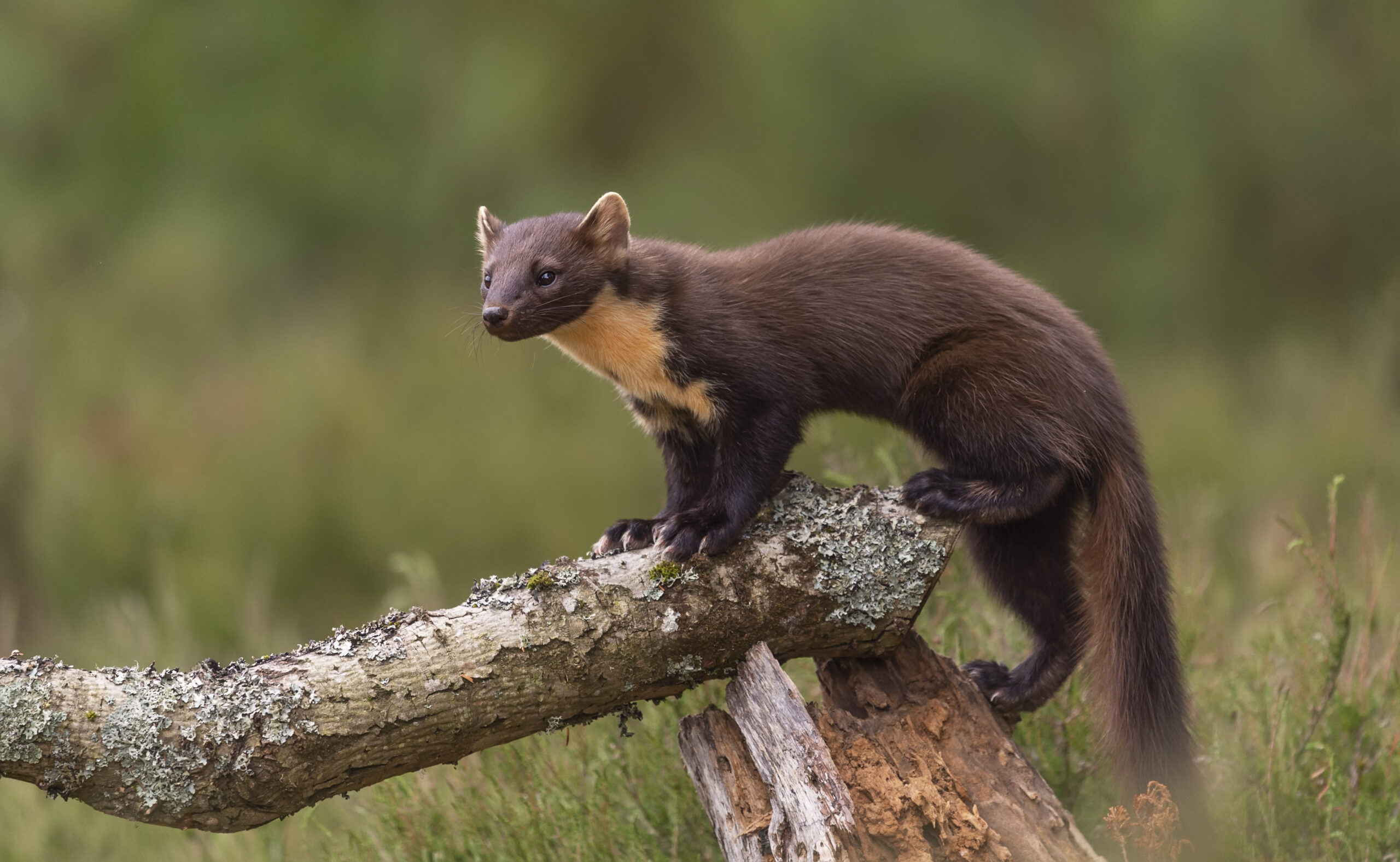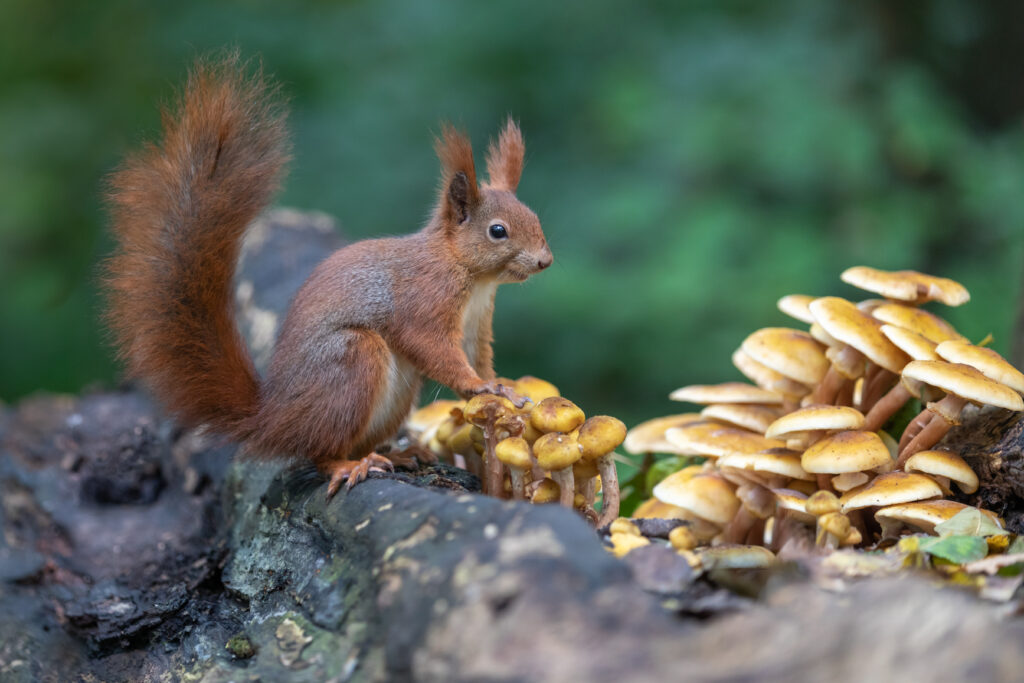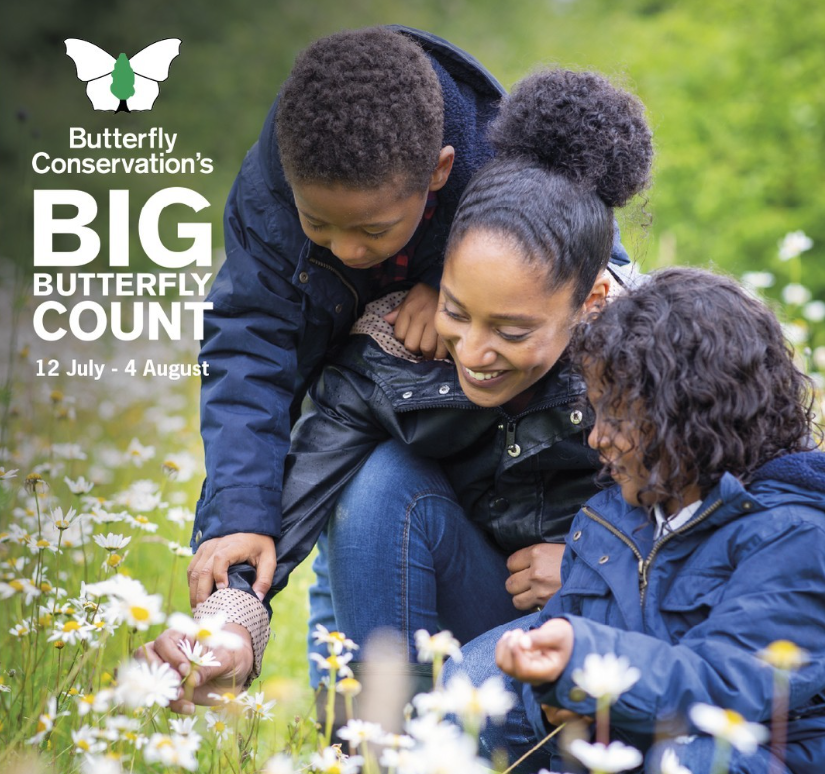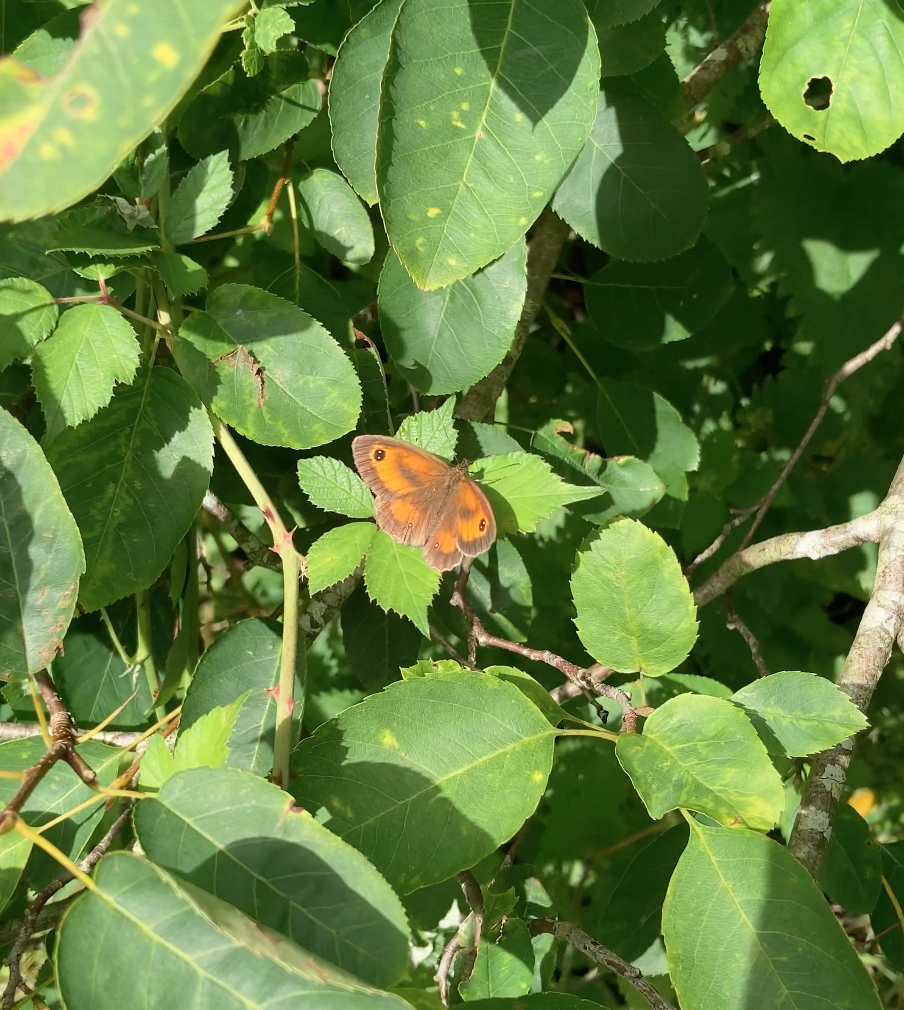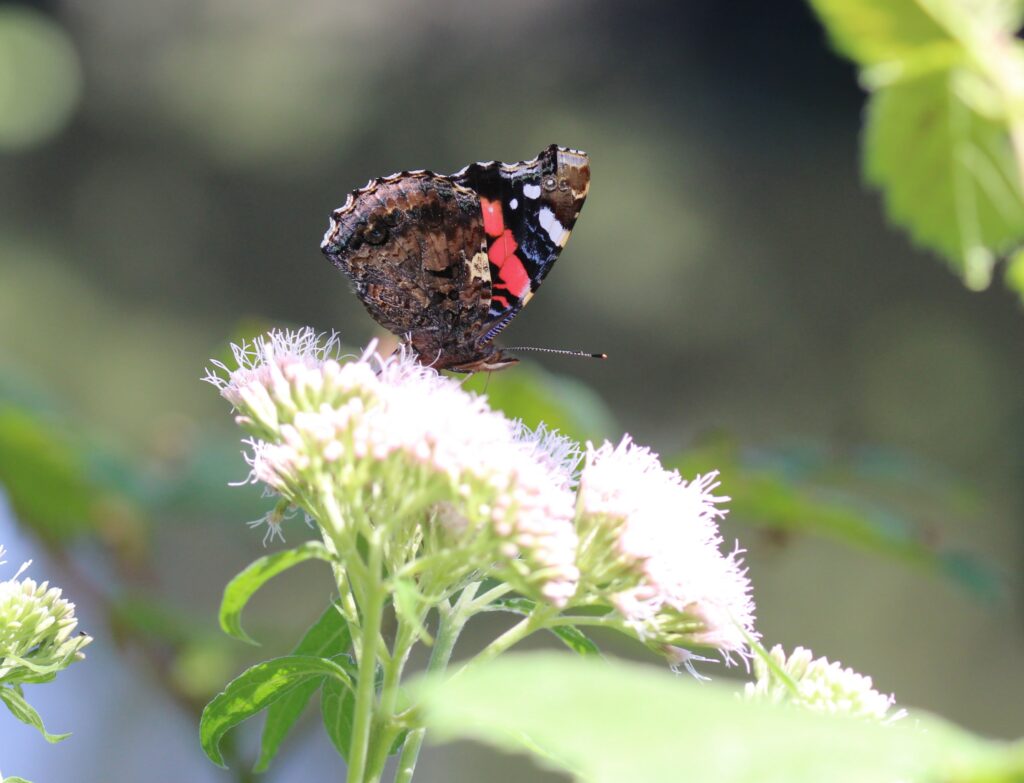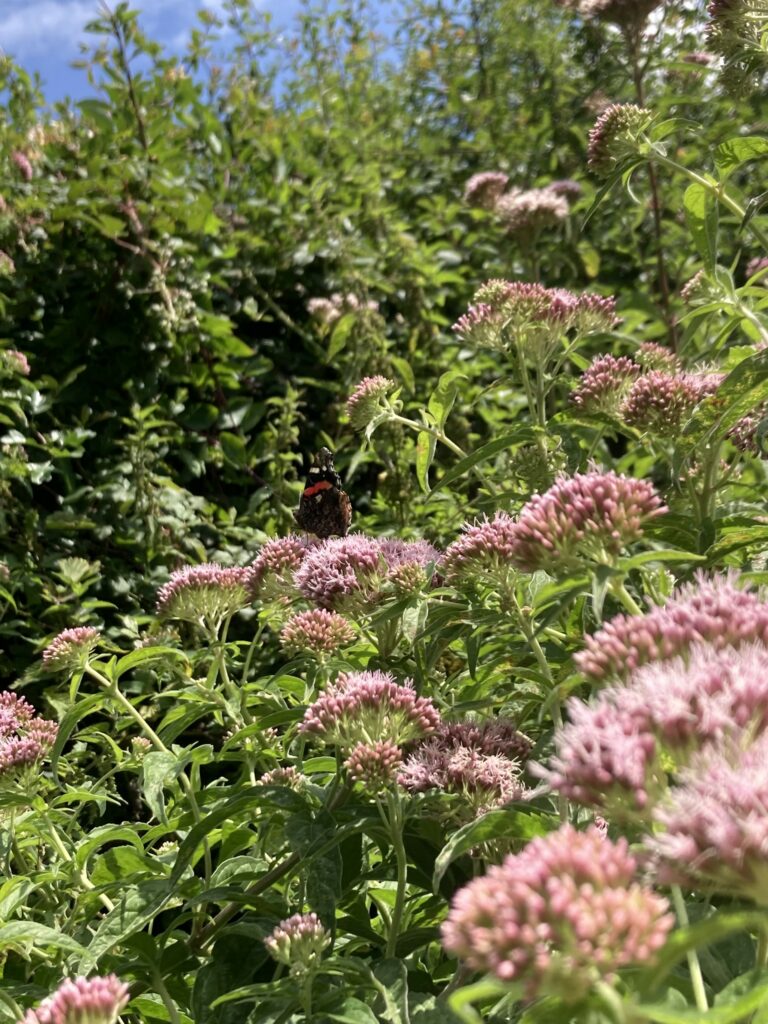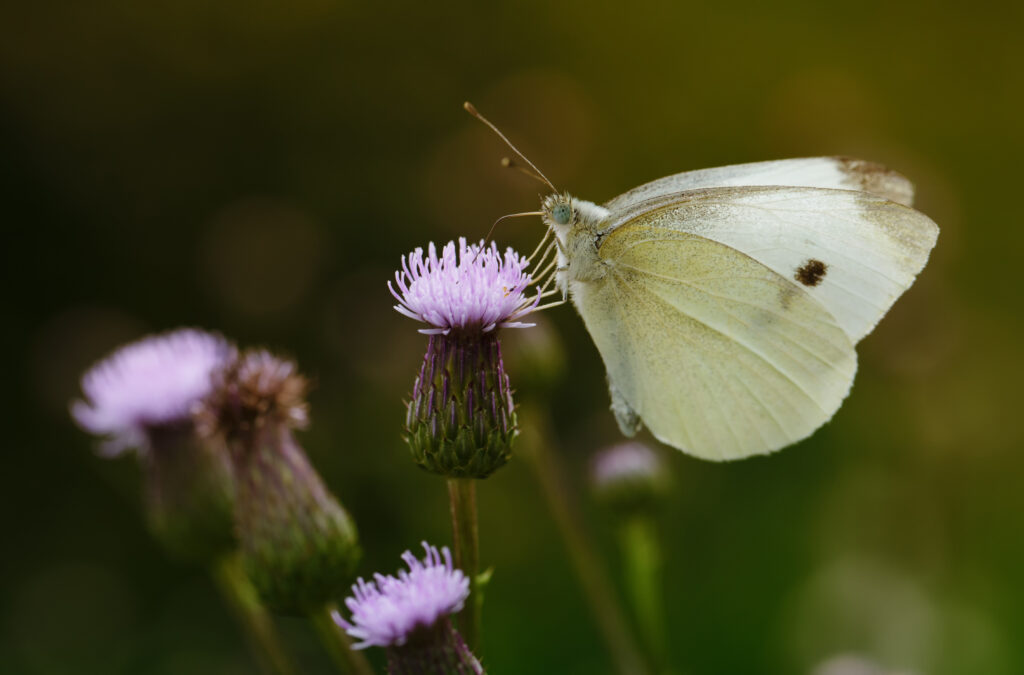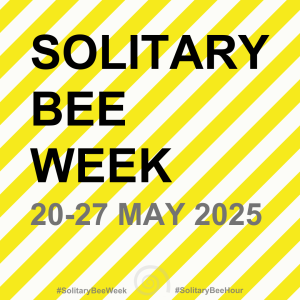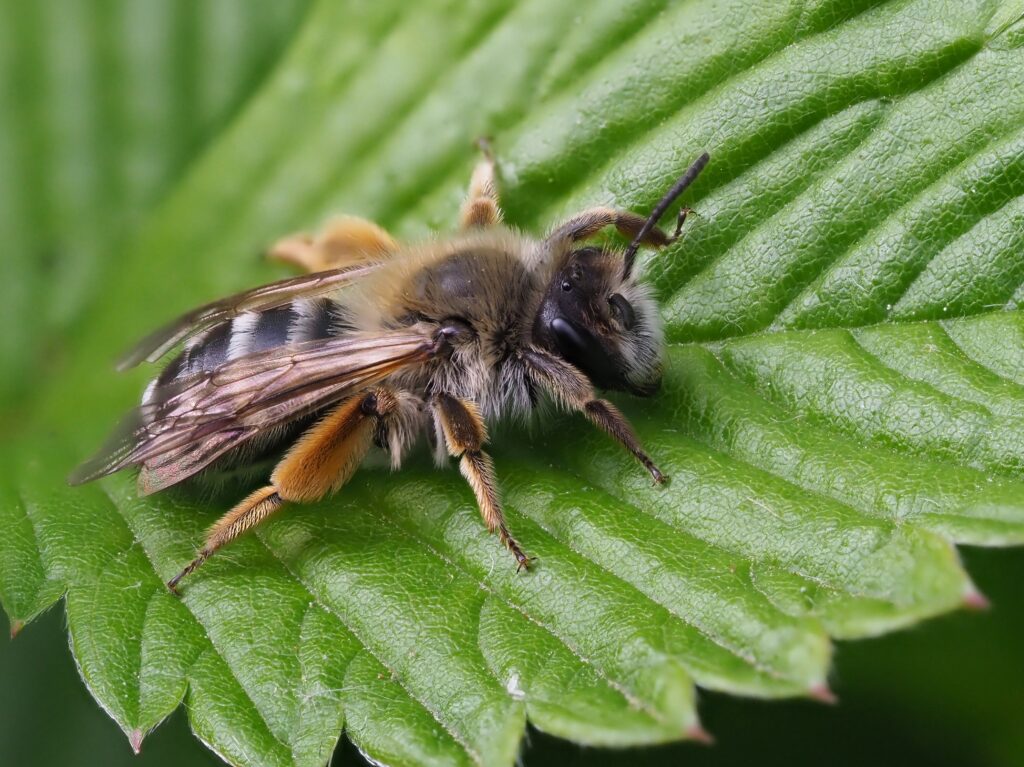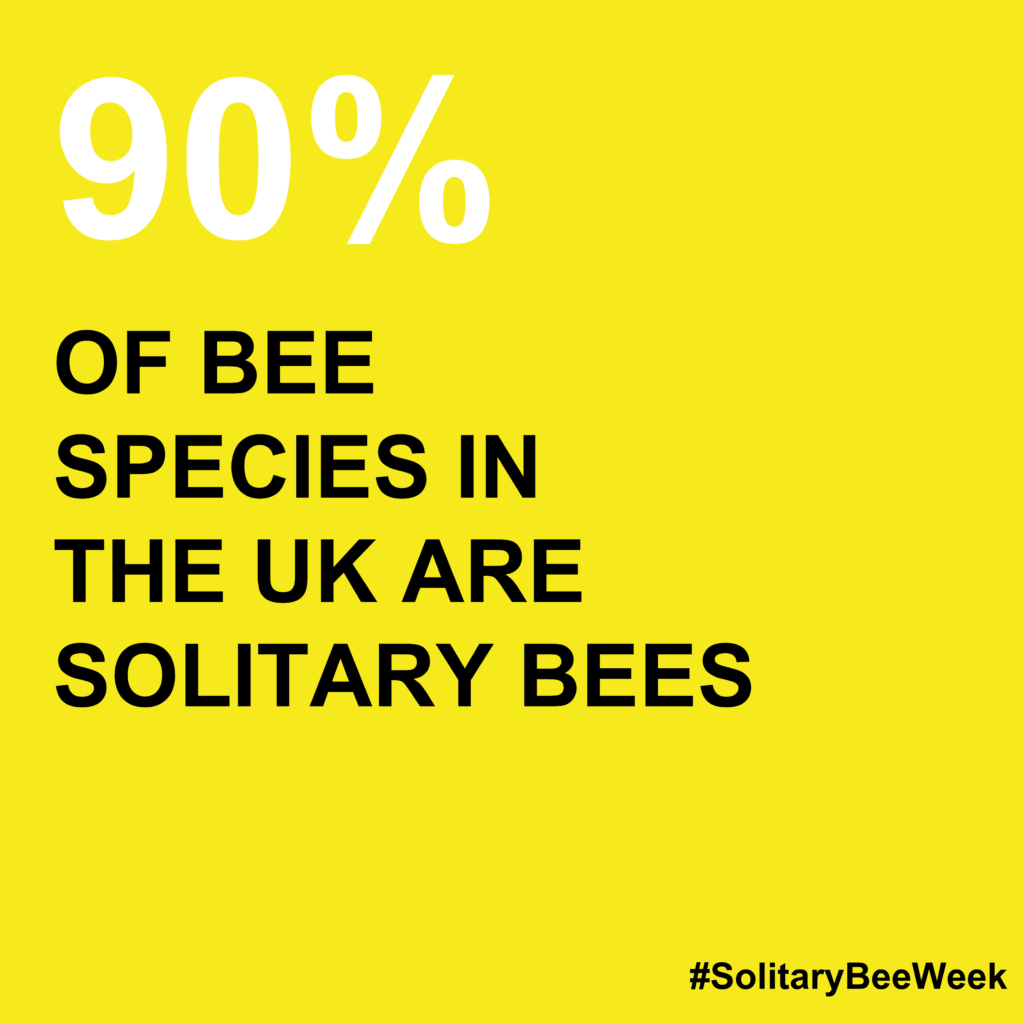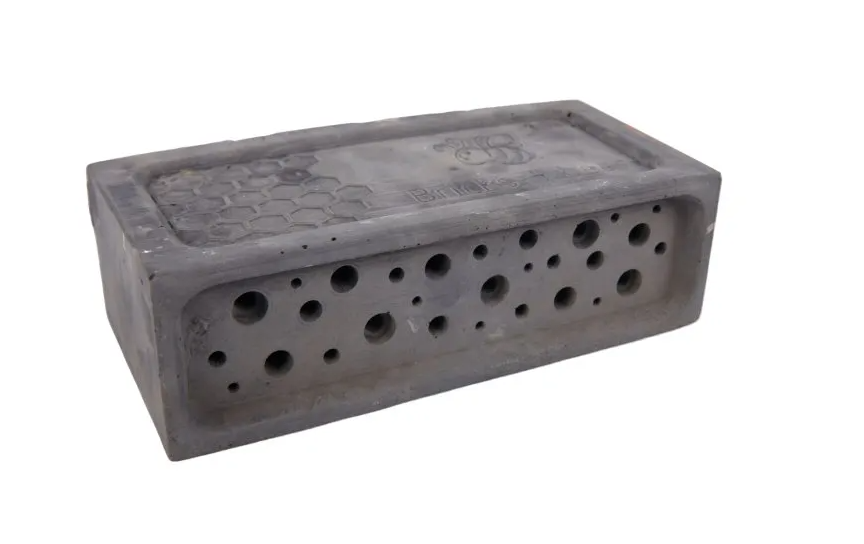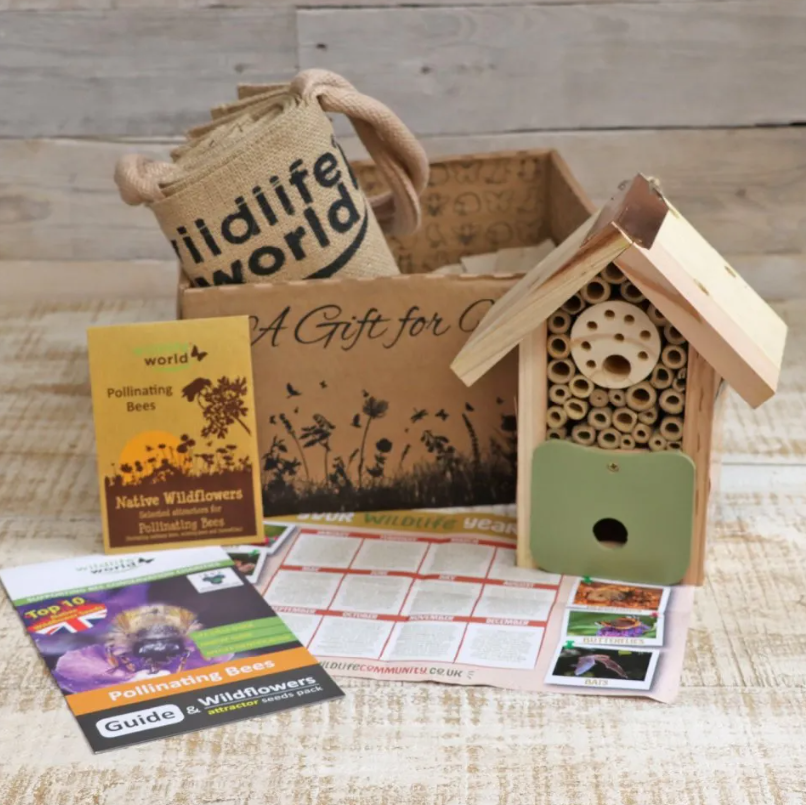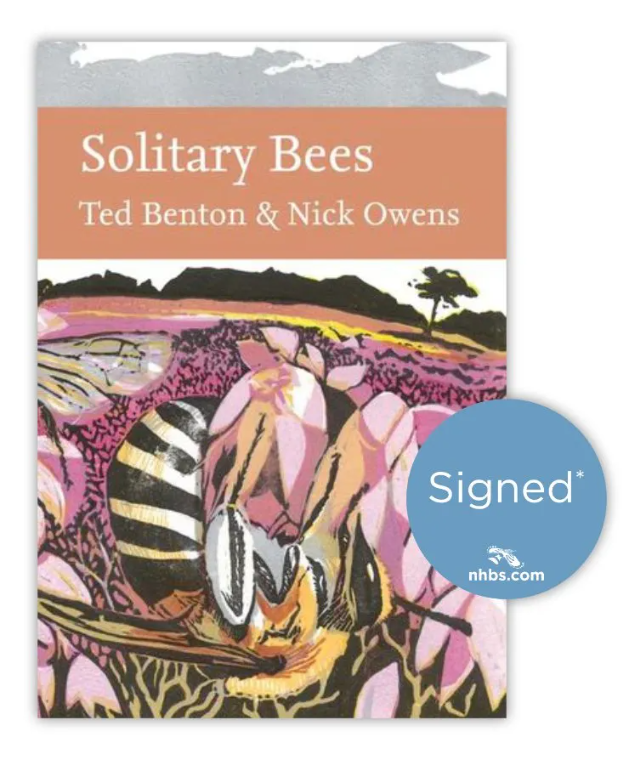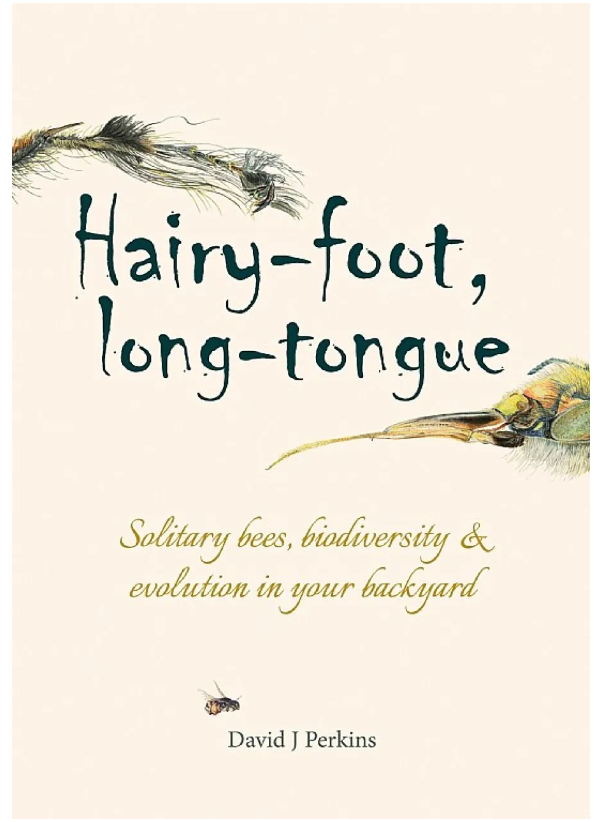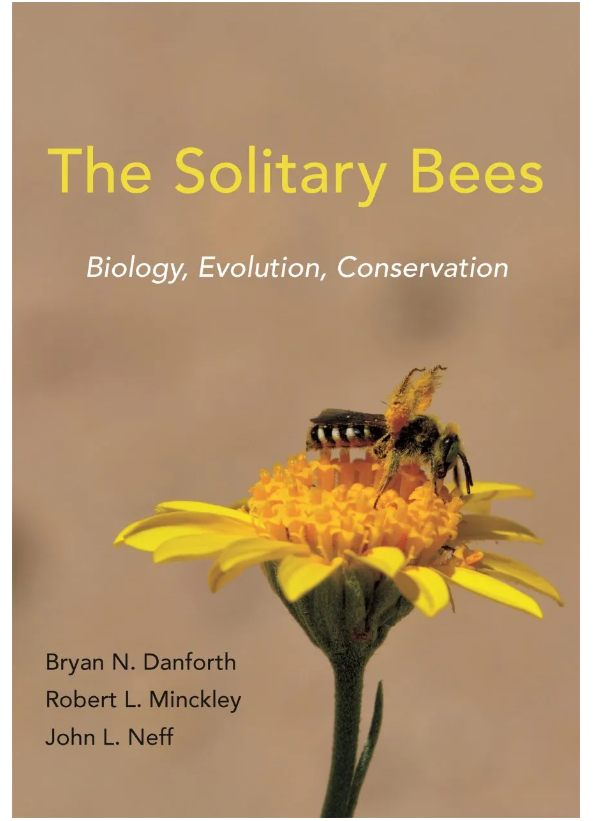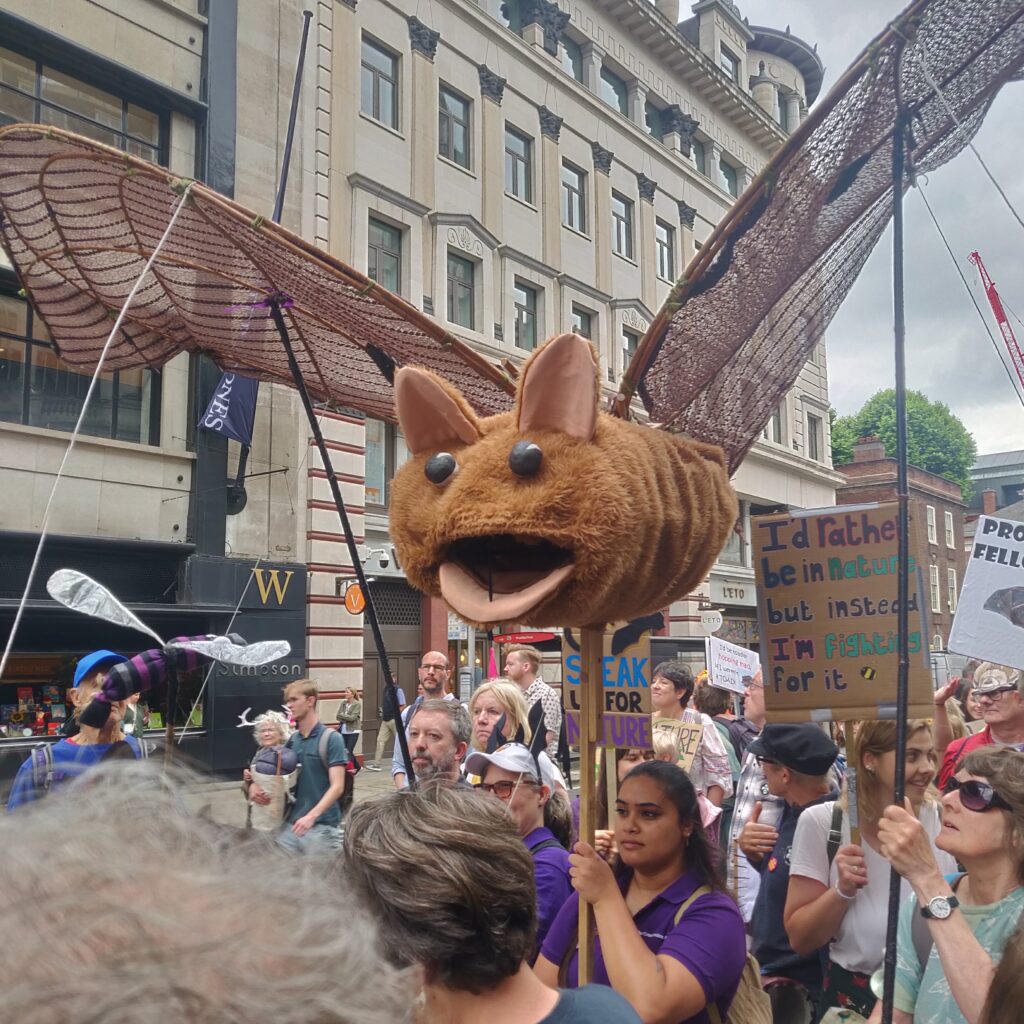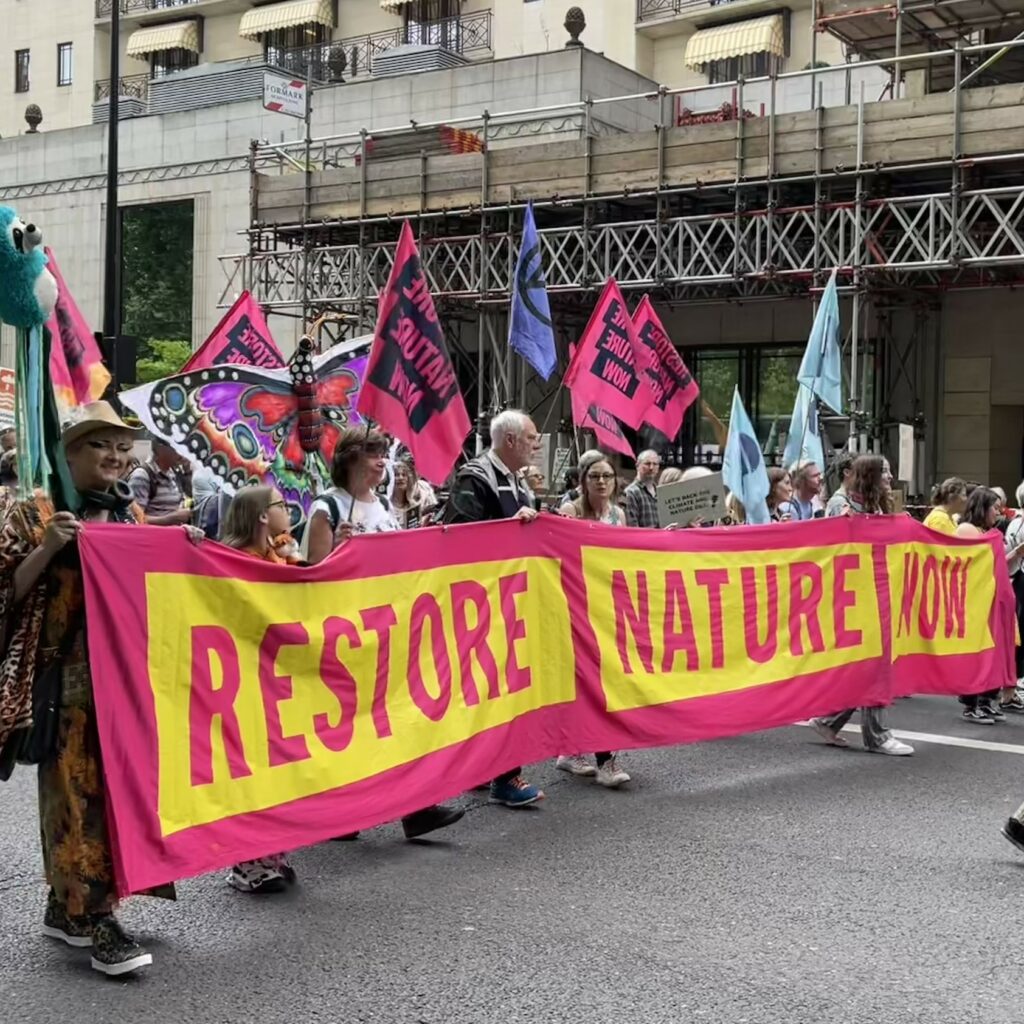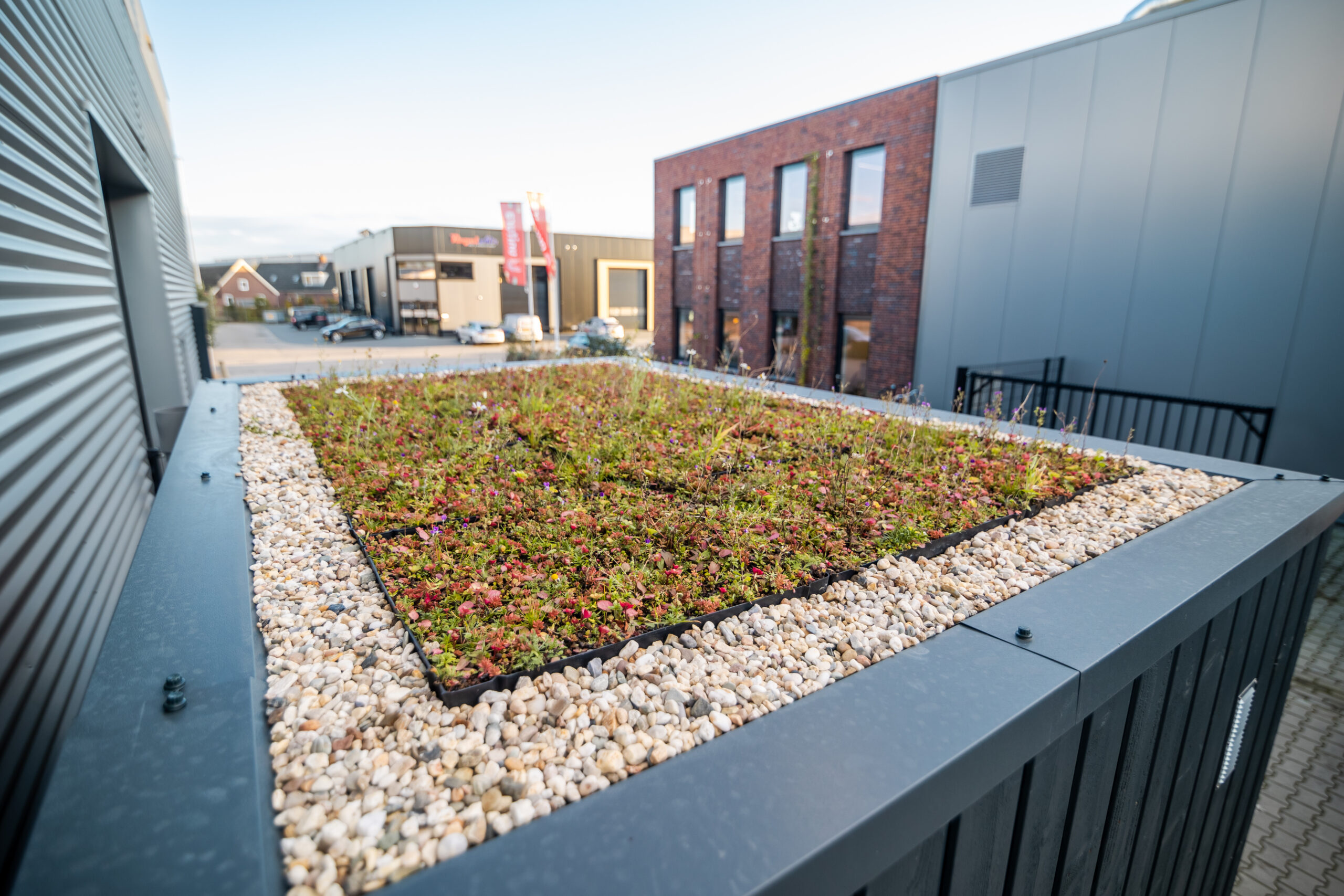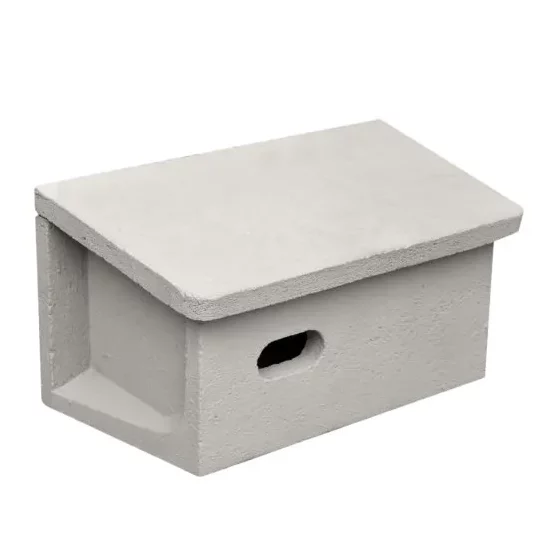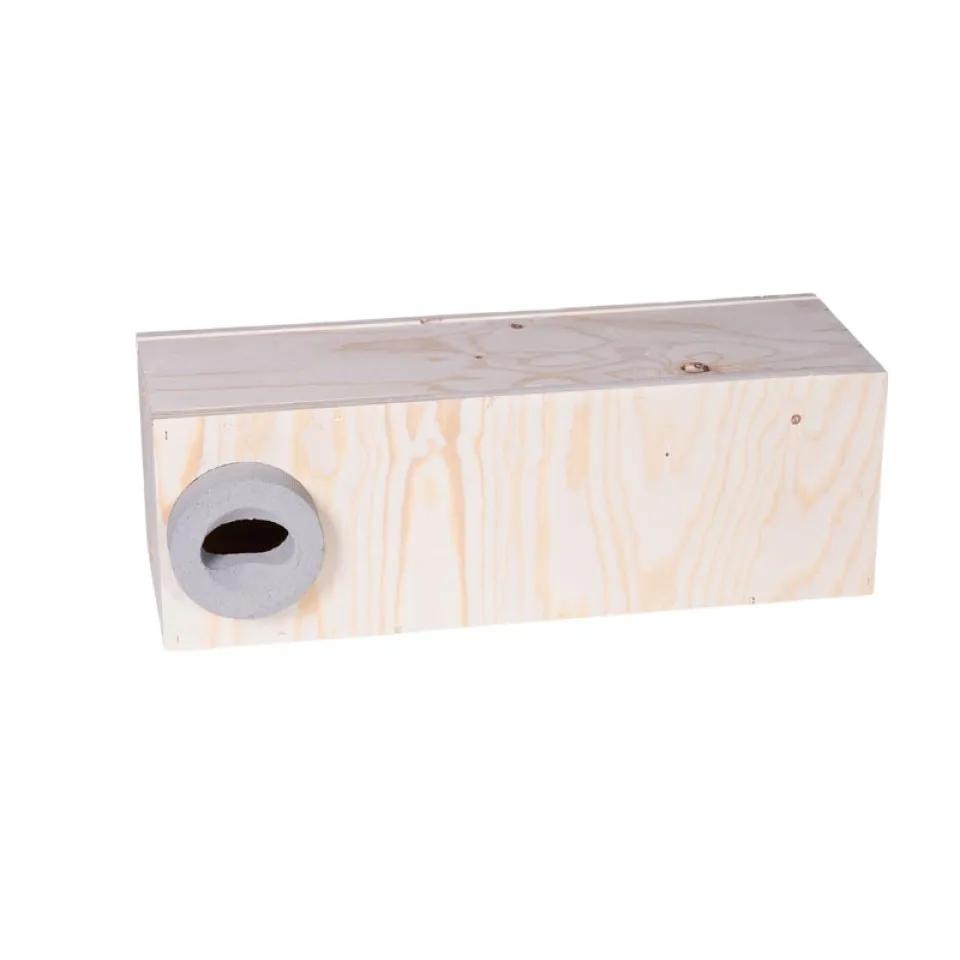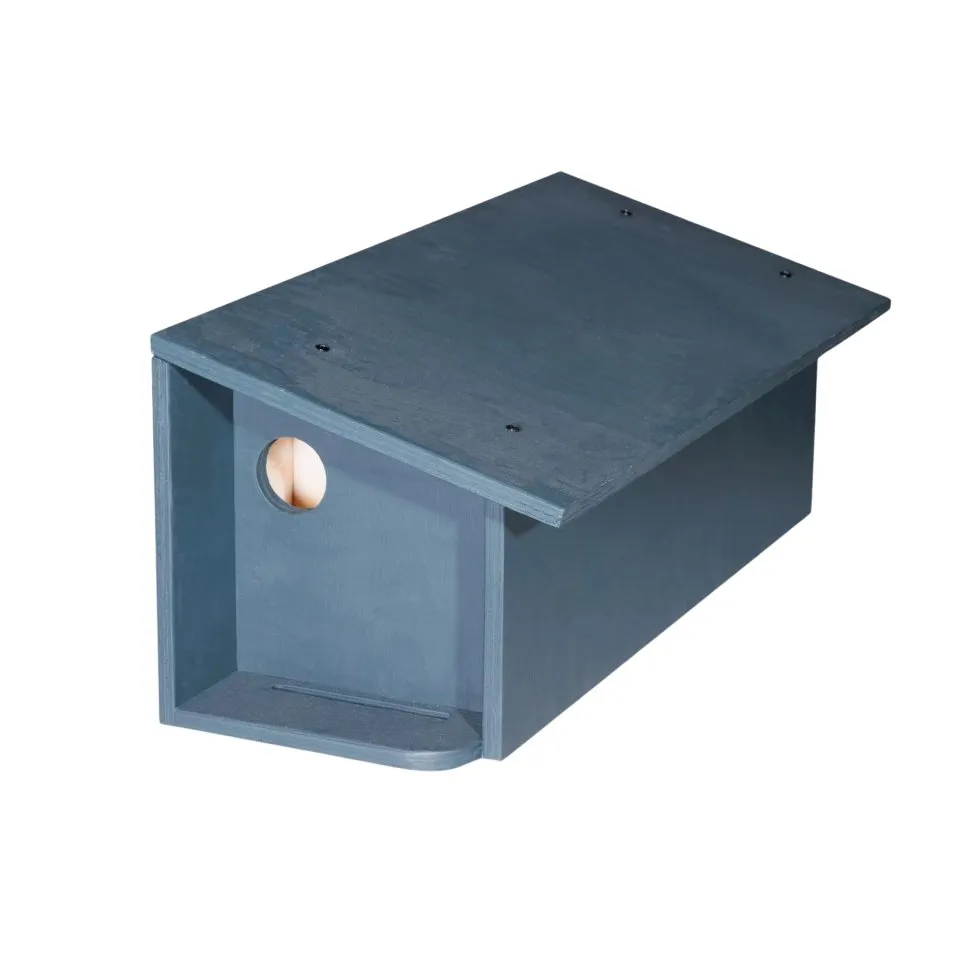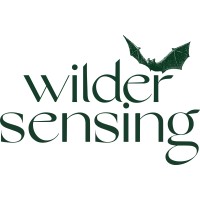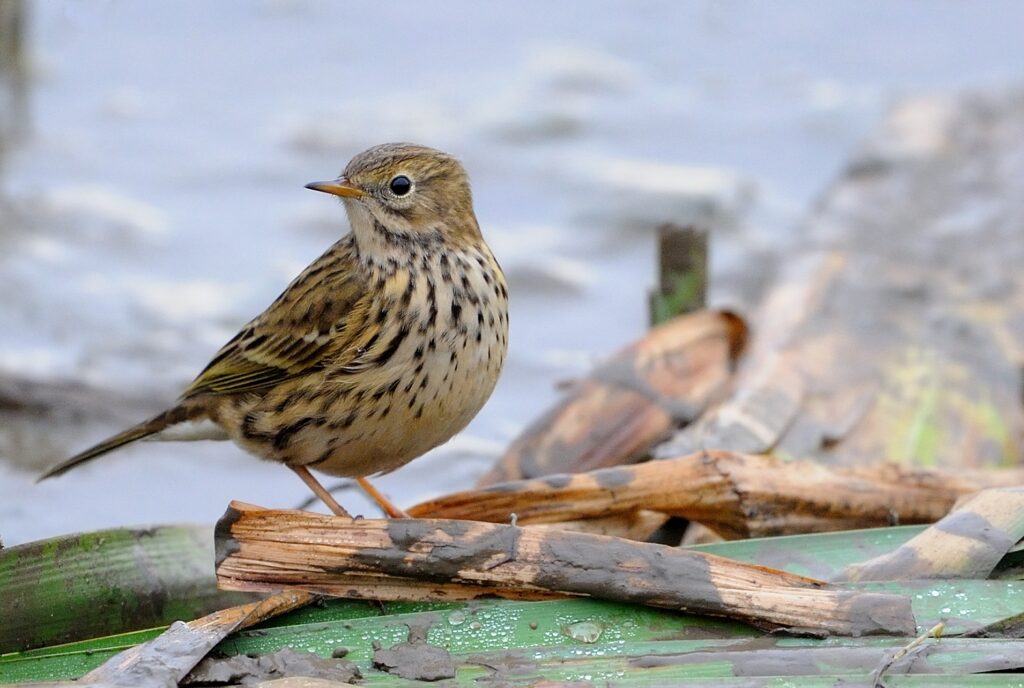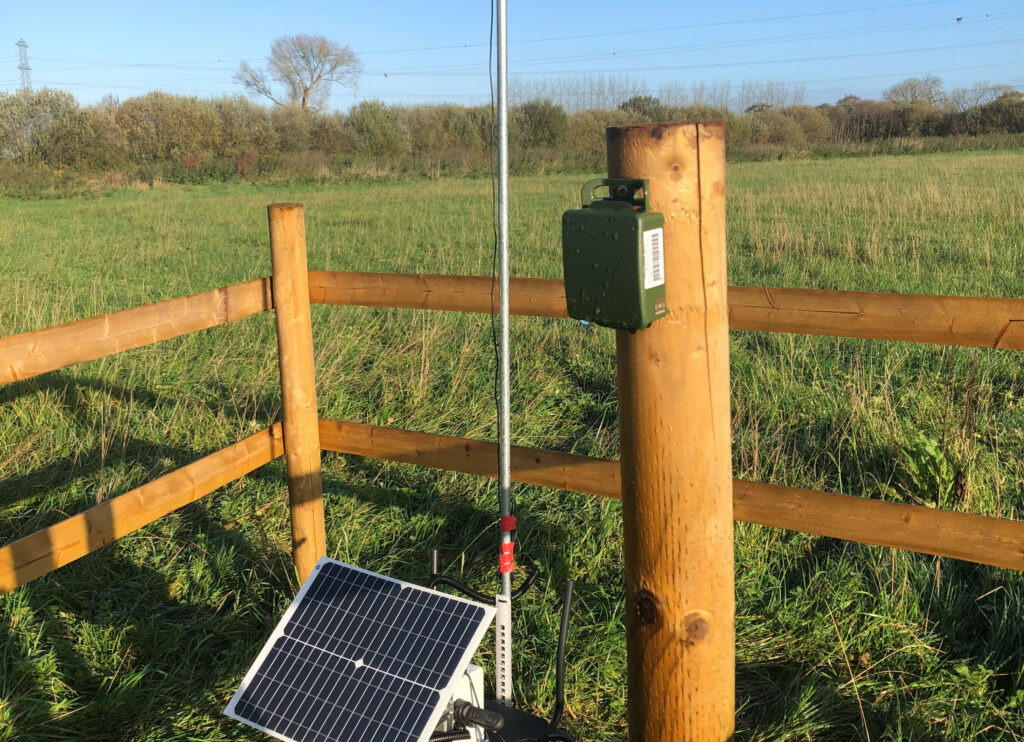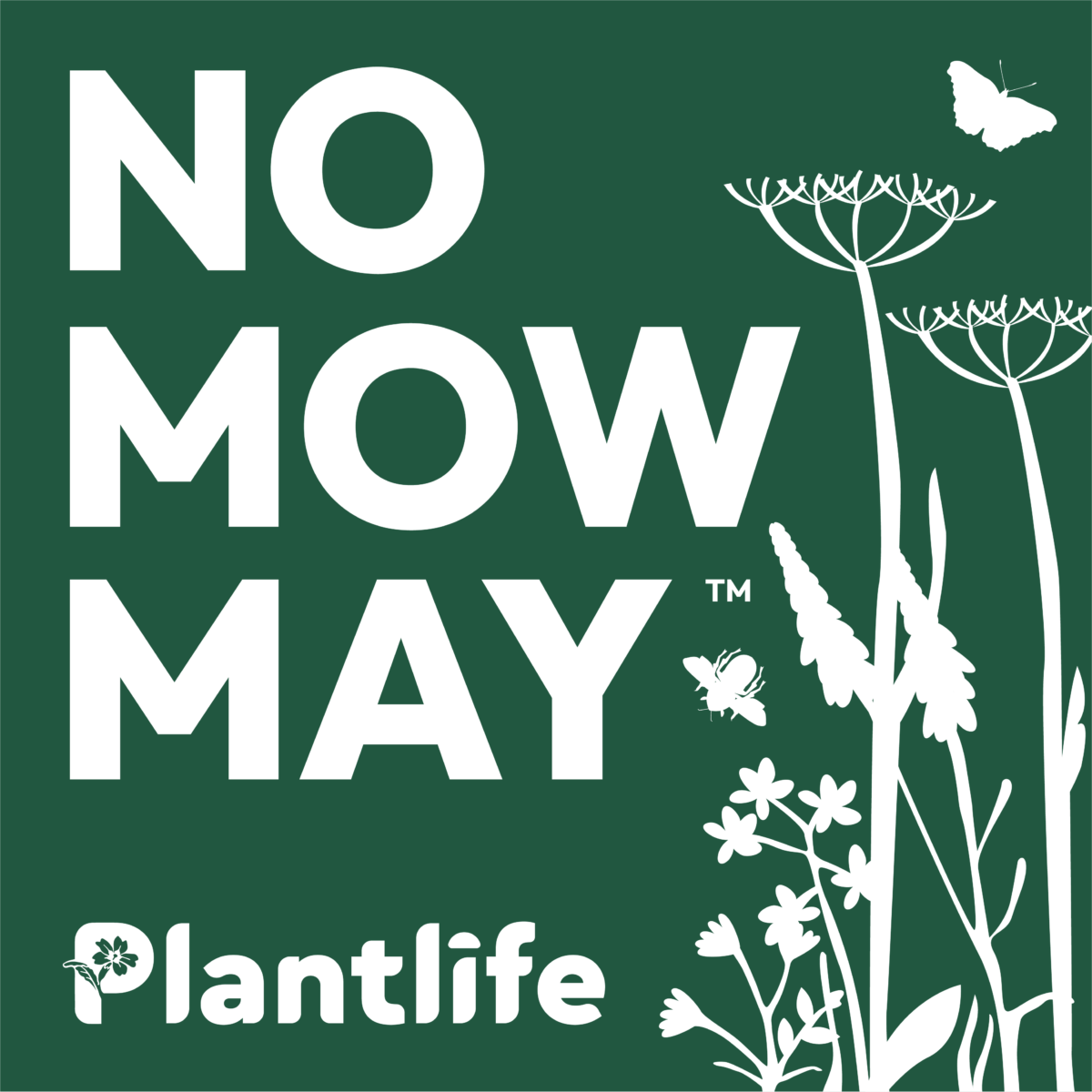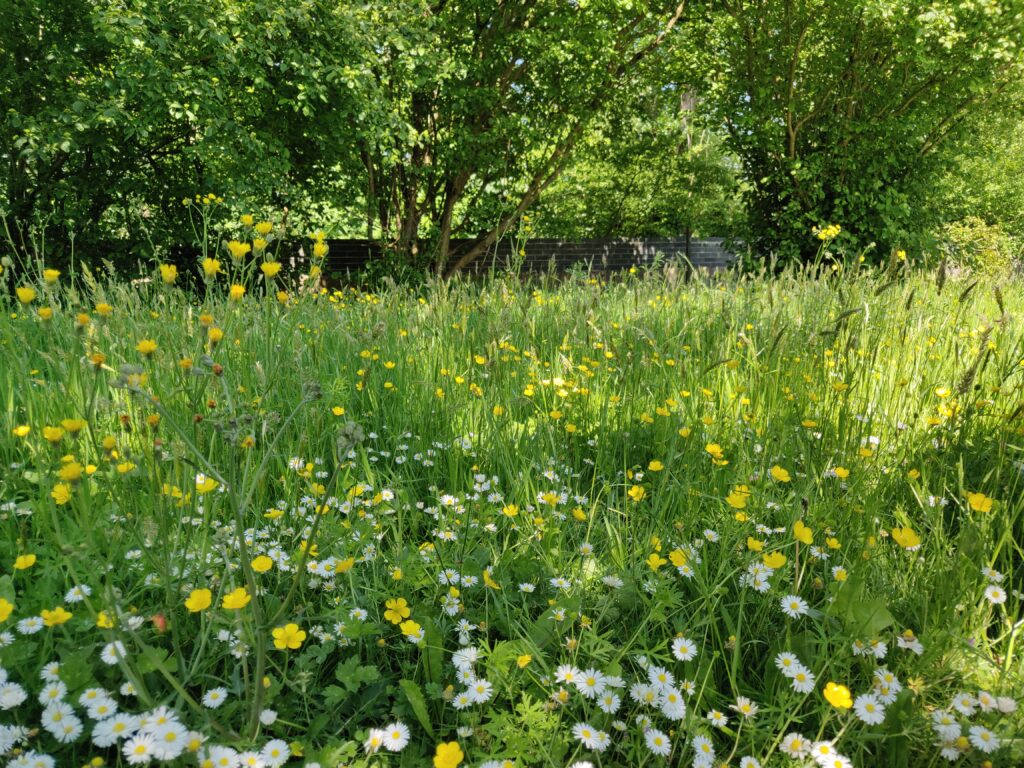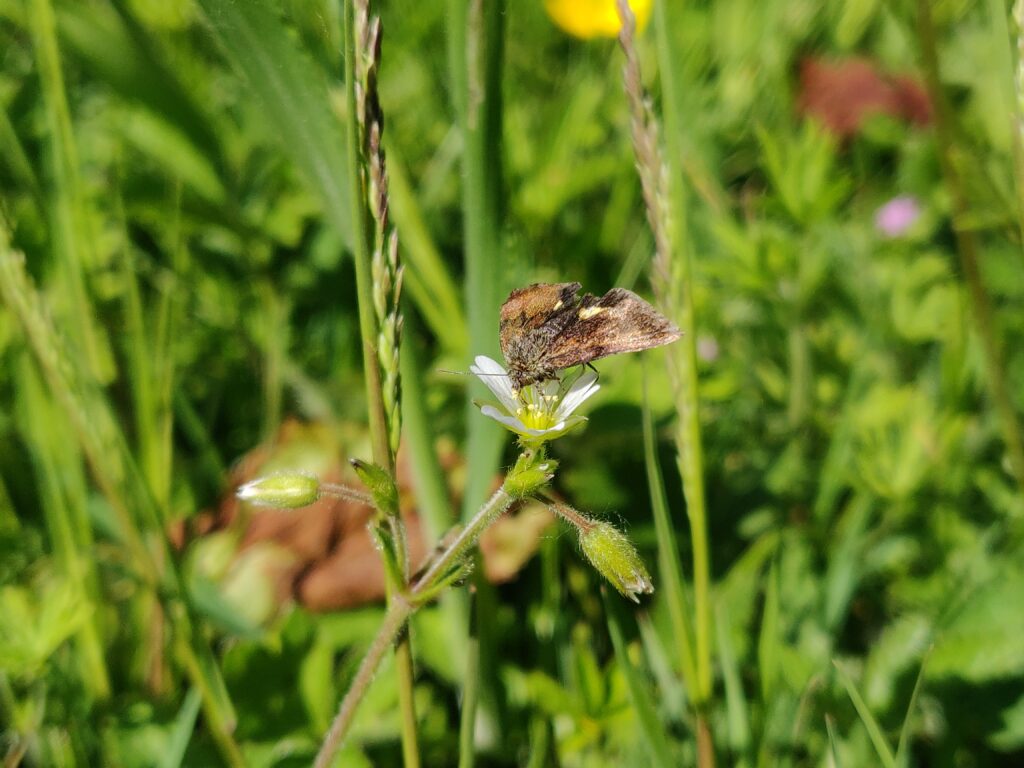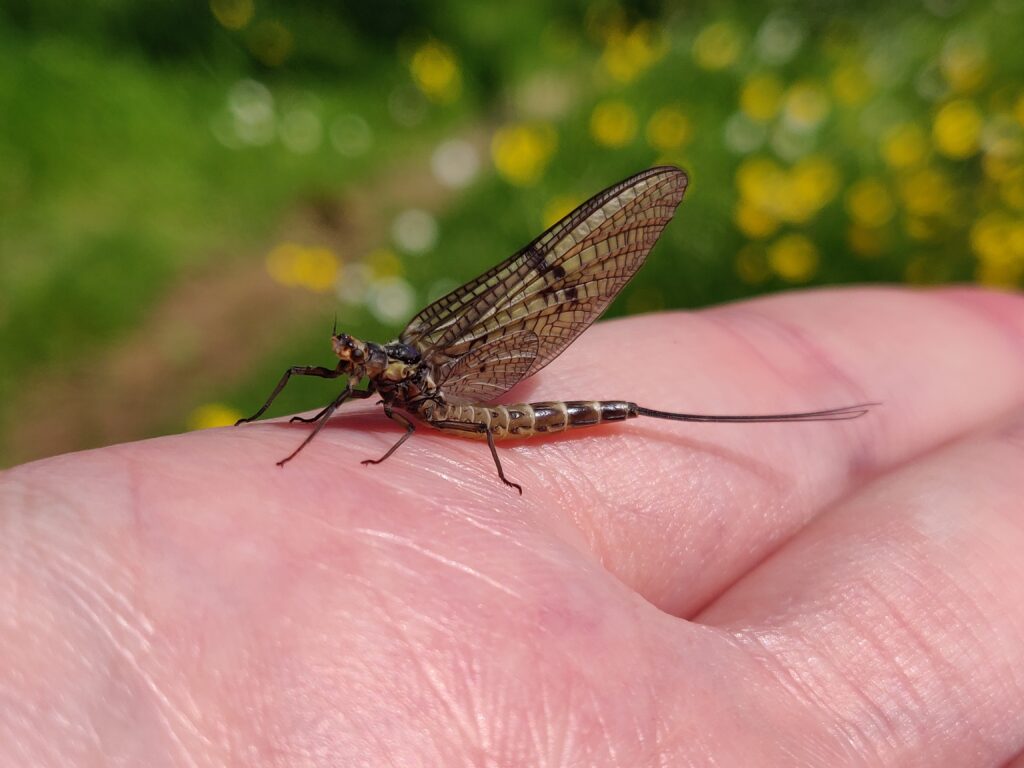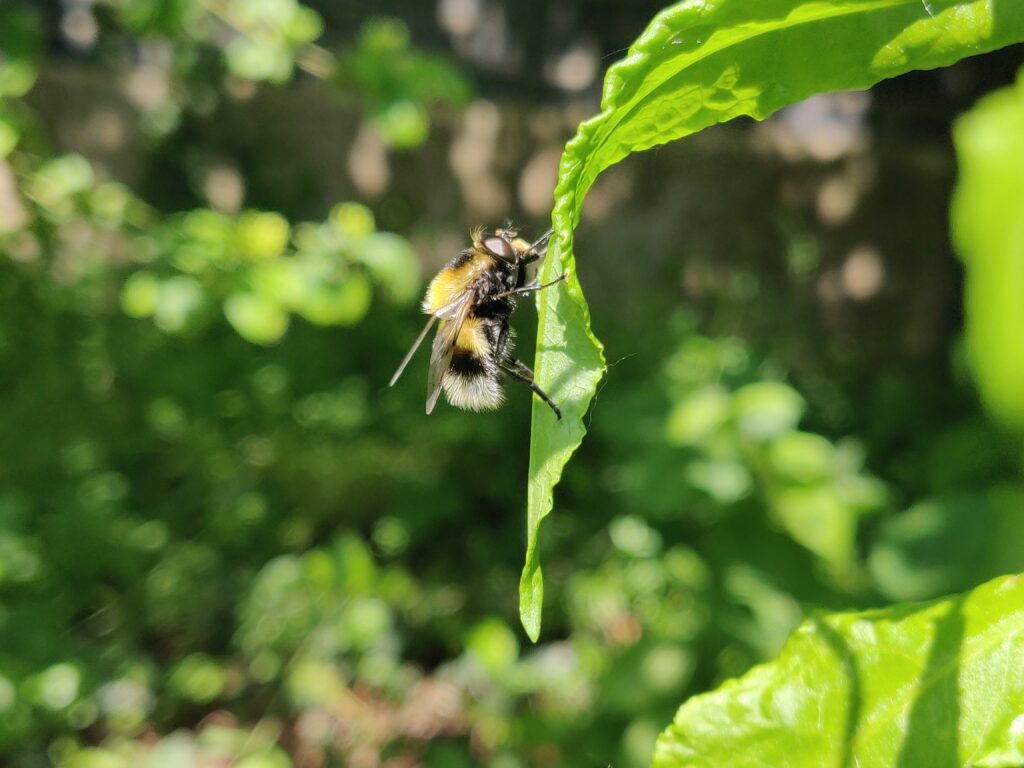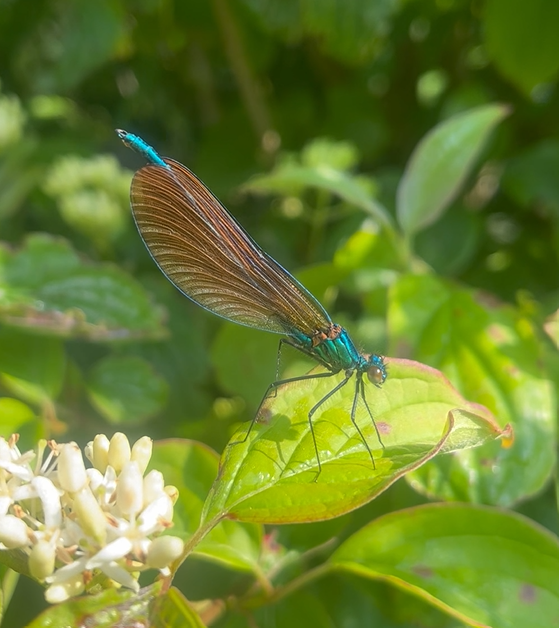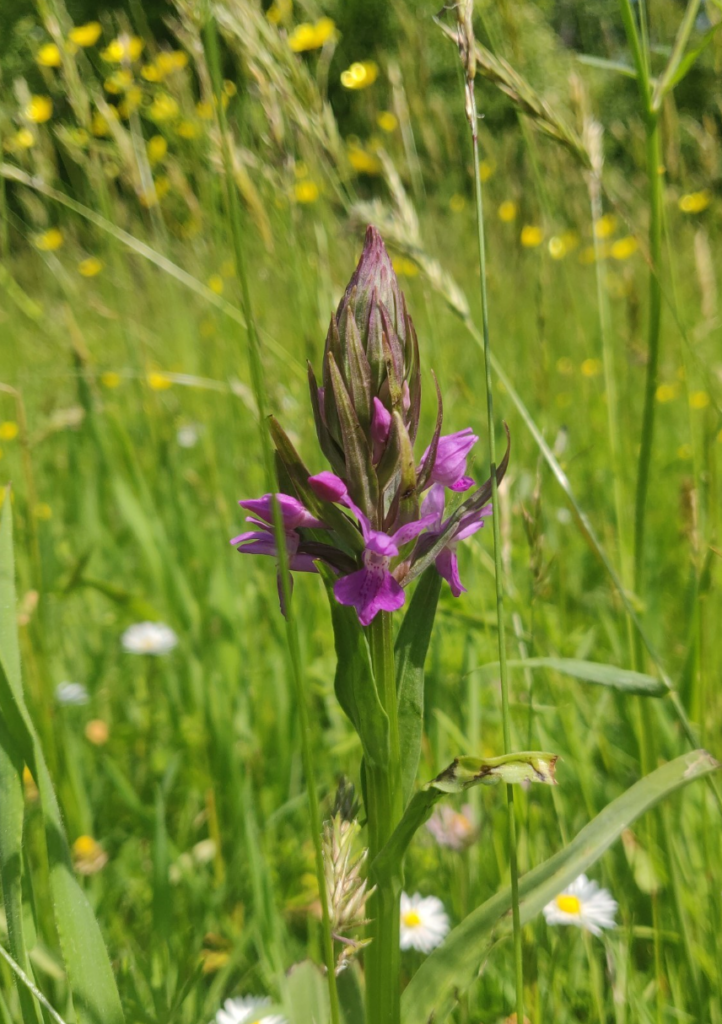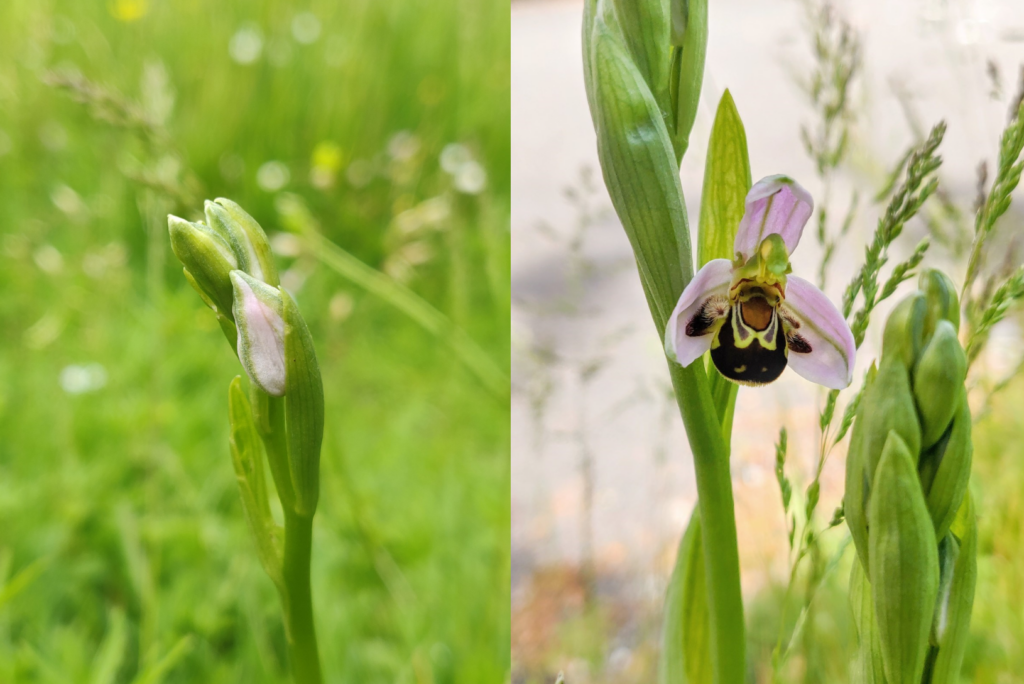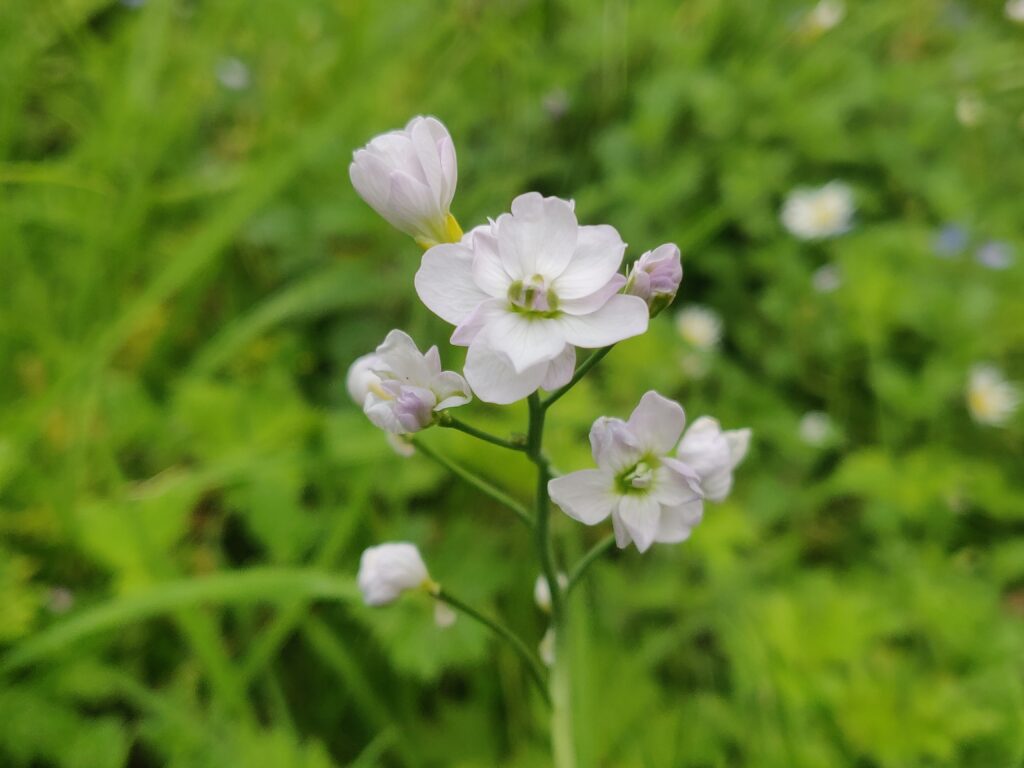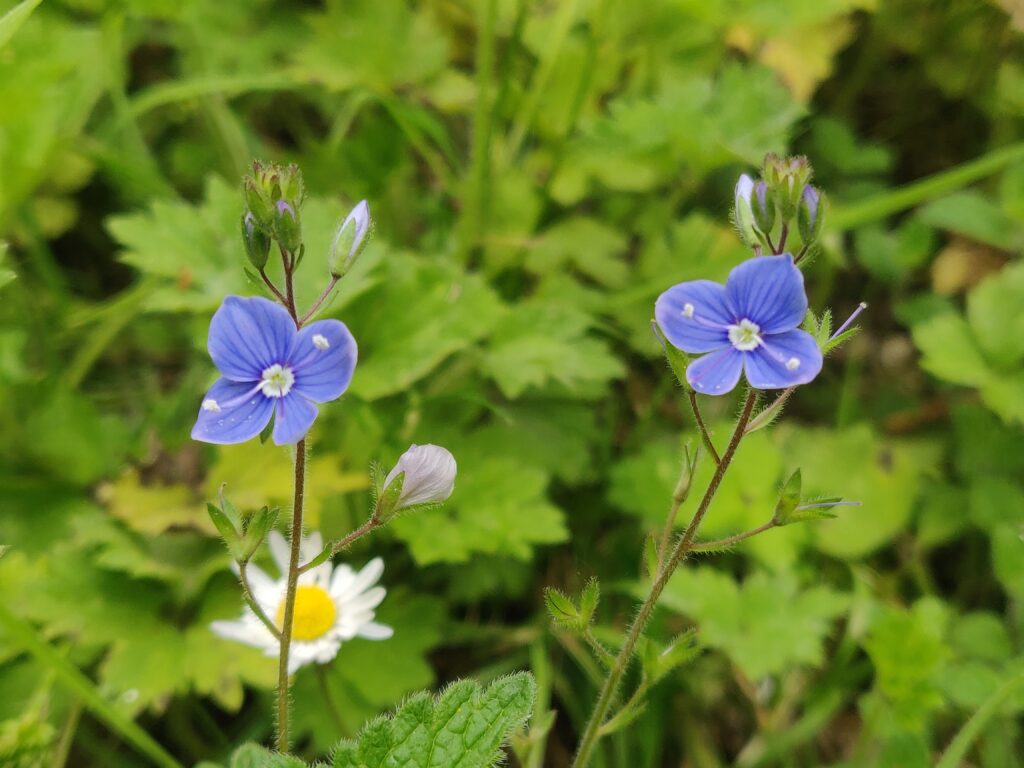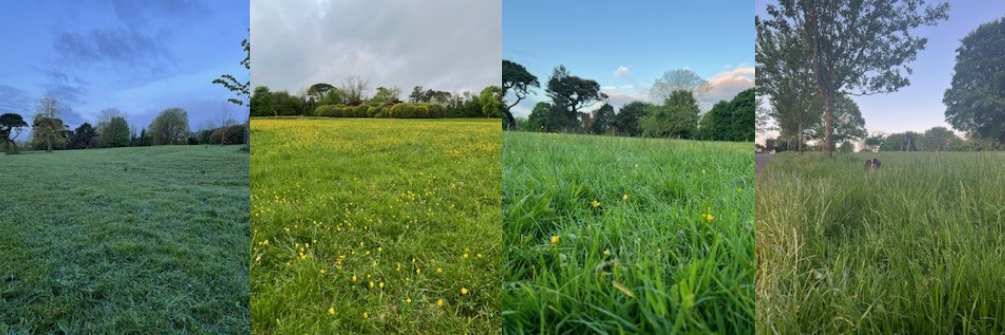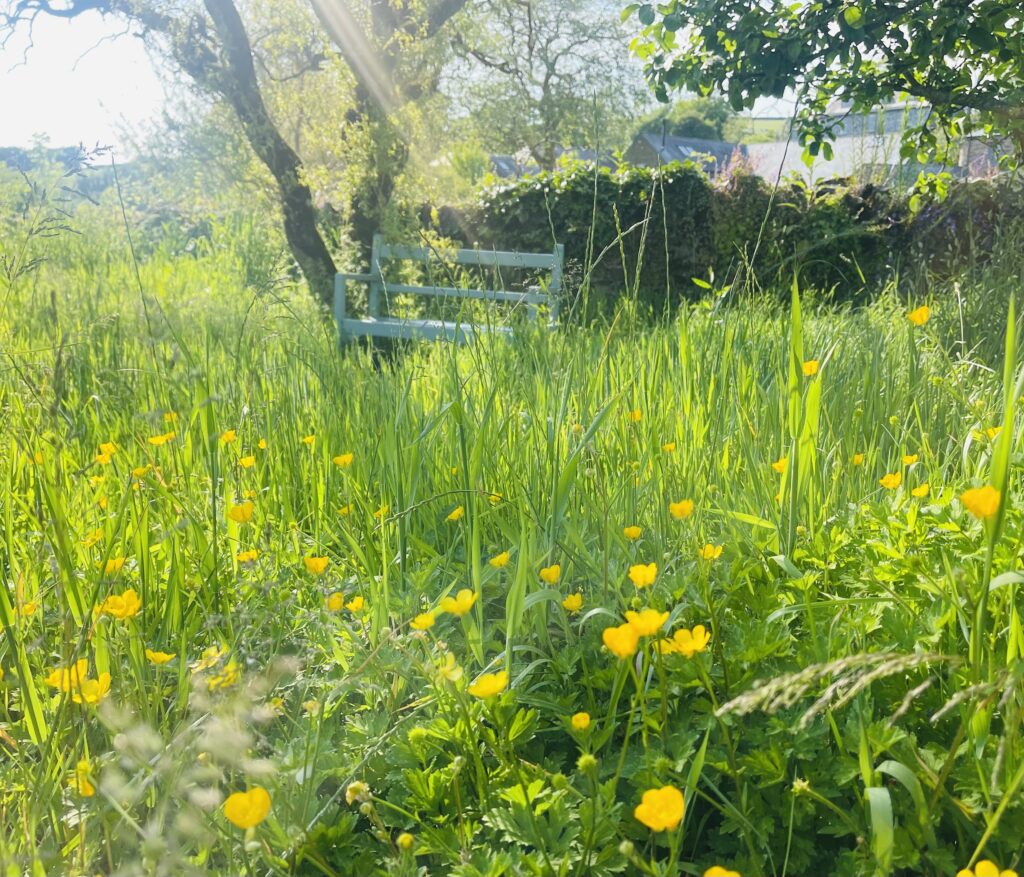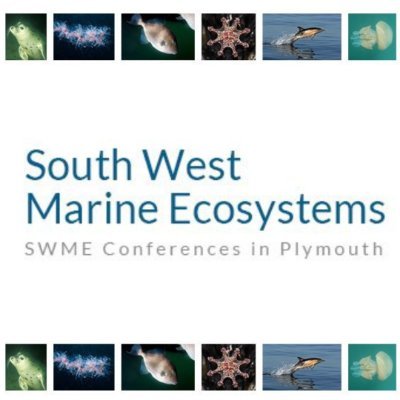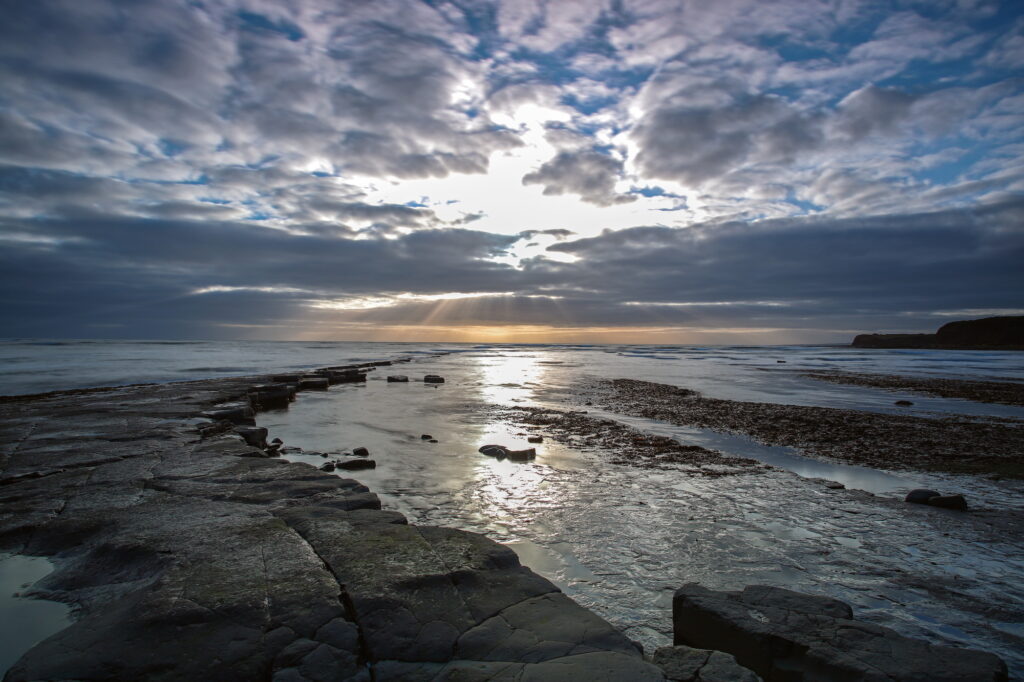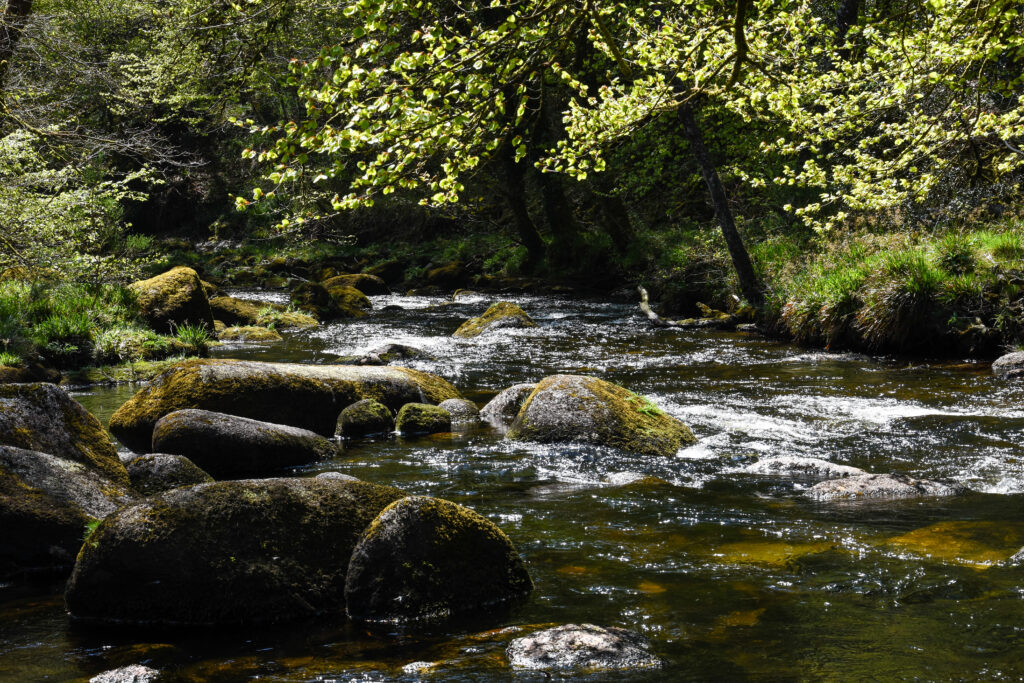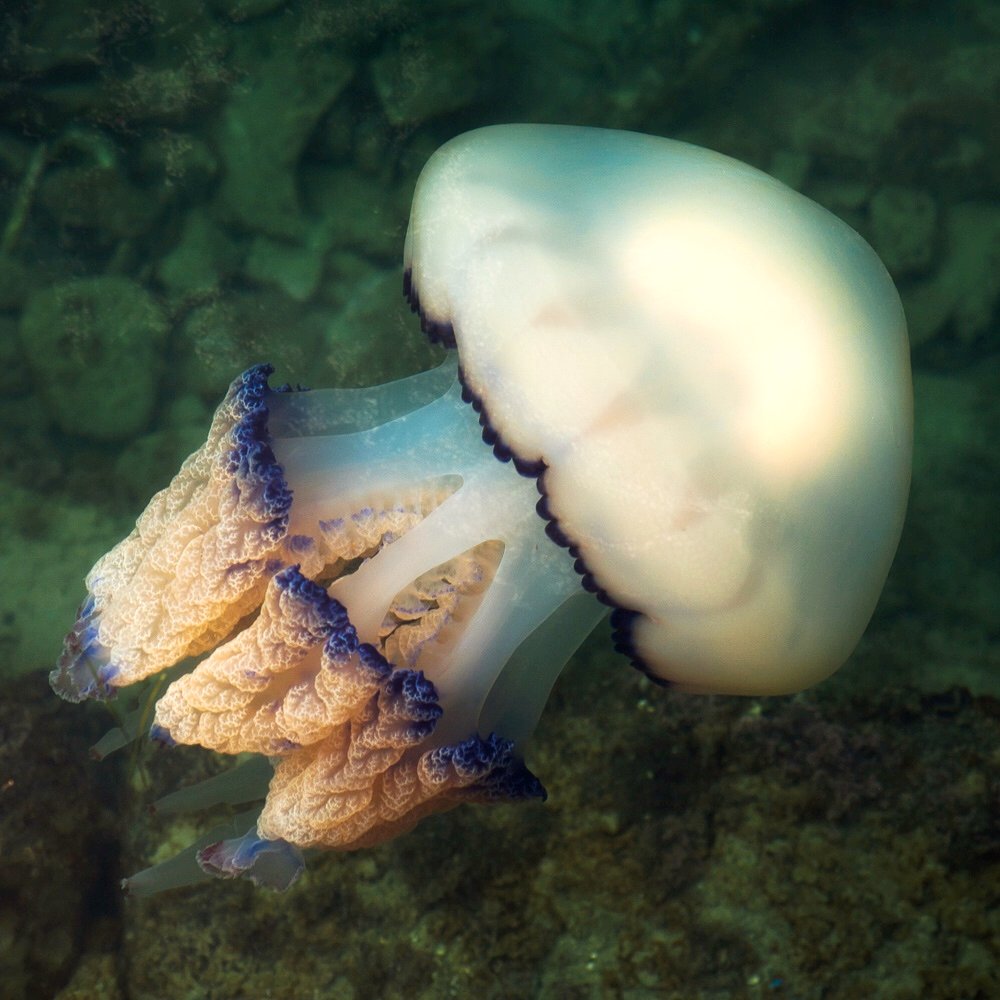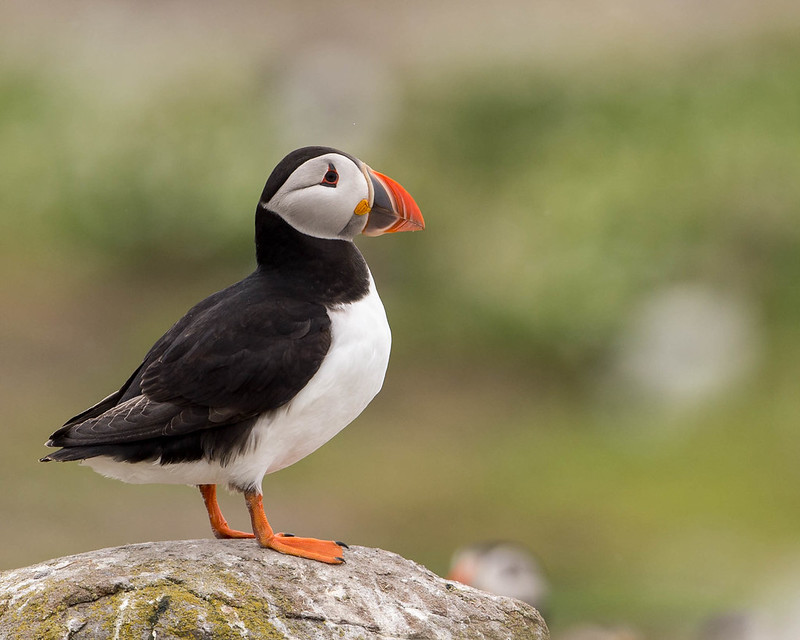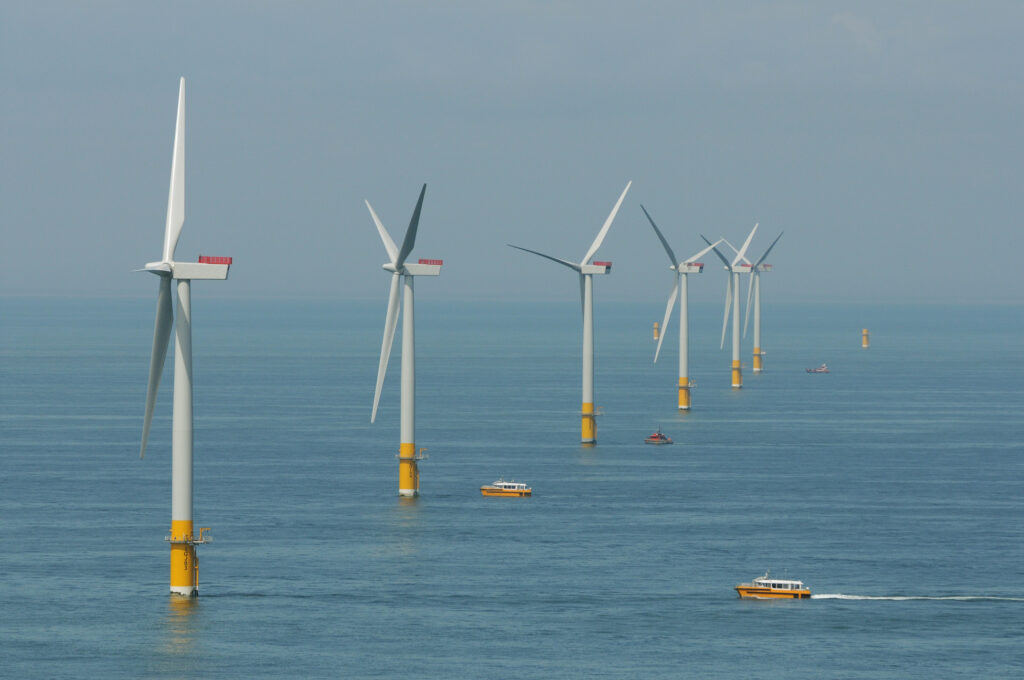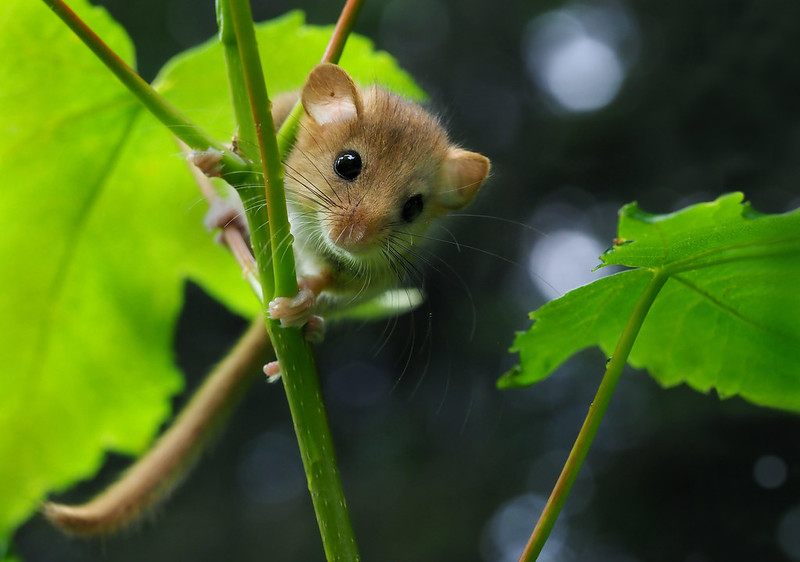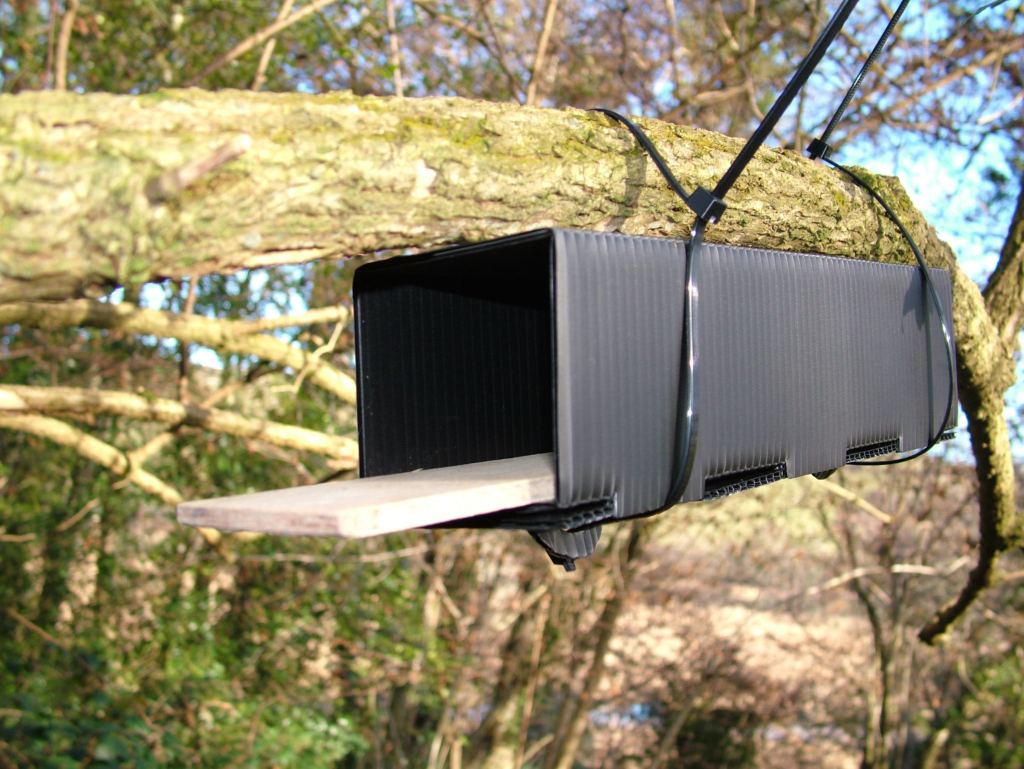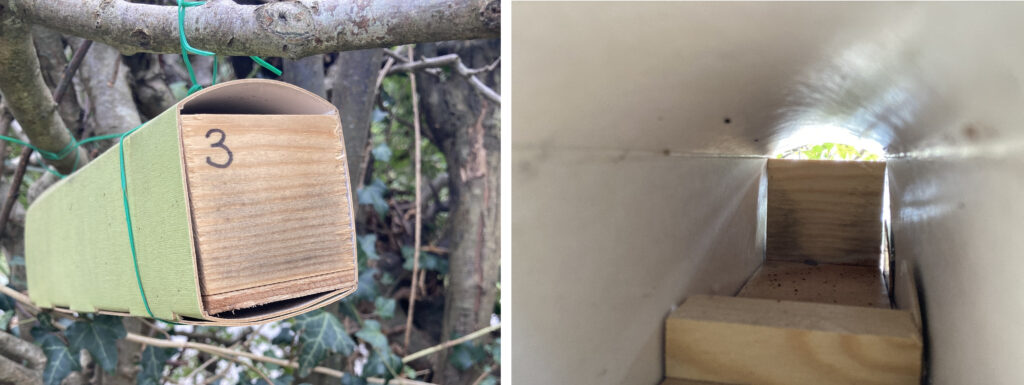In September, five species of seabird were added to the UK Birds of Conservation Concern Red List. Arctic Tern, Great Skua, Leach’s Storm Petrel, Common Gull and Great Black-backed Gull have joined the list of species most in need of conservation. Each of these species has experienced population declines due to pressures including climate change, avian influenza and habitat loss. Over 30% of all British birds are now on the Red List; the most recent additions joining Kittiwakes, Puffins and Arctic Skuas, among others. An alarming ten out of 26 UK seabirds now feature on the list.
In this blog we shine a spotlight on these seabirds and explore the threats that have resulted in their addition to the Red List.
Leach’s Petrel (Hydrobates leucorhous)
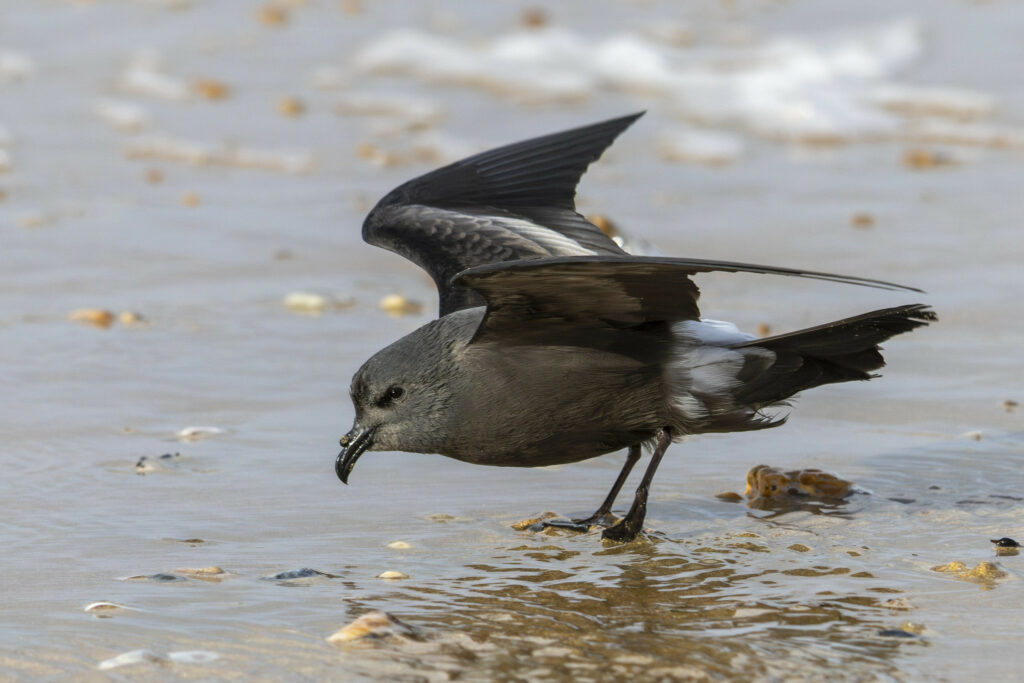
Identification: Leach’s Petrel is a Starling-sized bird with a wingspan of up to 48cm. This burrow-nesting seabird is mostly black in colour, except for a white rump with a black line running through it. The wings are angled, with darker wingtips and a lighter coloured ‘V’ over the wingspan and the tail is dark and forked.
Distribution: Most sightings of this species are recorded around coastal headlands and sea-watching hotspots during autumn. The UK has an estimated 48,000 breeding pairs which can mostly be found on remote offshore islands (particularly in Ireland and Scotland) before migrating to the tropics over winter.
Threats: Leach’s Petrel was added to the Red List due to population declines and localised breeding concerns. It is thought that more than half of the UK’s population resides at fewer than ten sites, areas which carry the risk of predation by introduced mammalian predators as well as avian predators.
Fun fact: Leach’s Petrels spend most of their time offshore, close to deeper waters beyond the continental shelf, before returning to underground nests at night.
Common Gull (Larus canus)
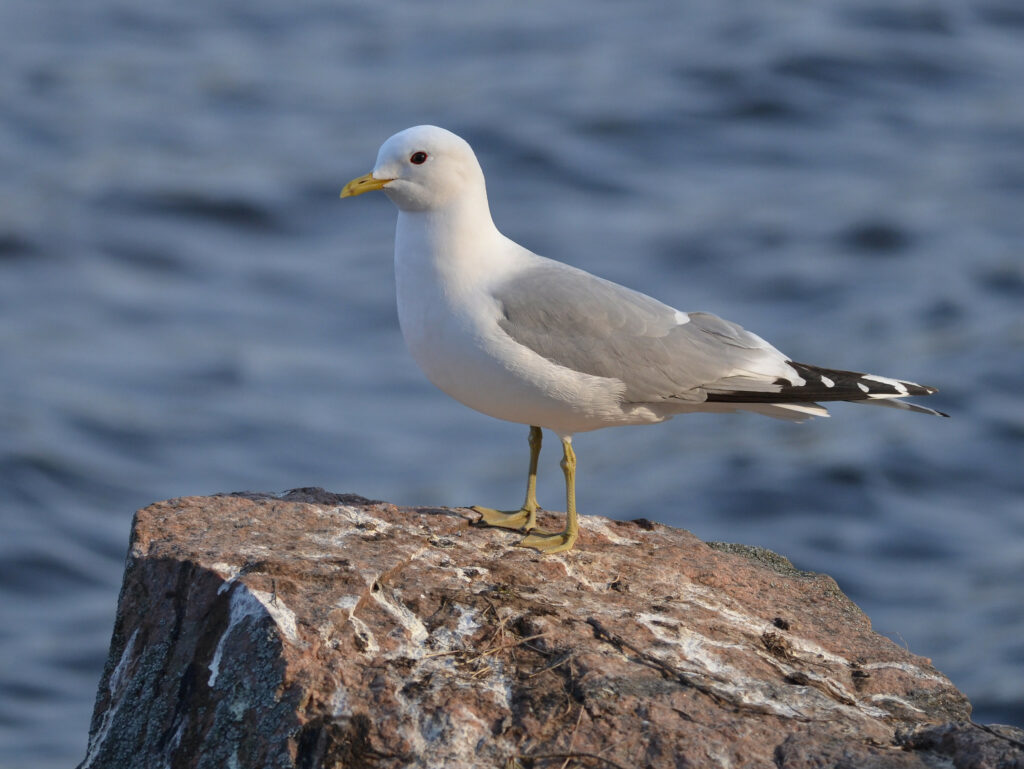
Identification: A medium-sized gull with a wingspan of up to 130cm. This species is similar in appearance to the Herring Gull but is smaller in size. It is mostly grey from above, with a grey back and upper wings. The underside, head, tail and body are white. The small bill and legs of the Common Gull are yellow-green in colour and, up close, a red orbital ring can be observed around the iris. Their call is a high-pitched ‘kee’ or ‘kee-ya’ sound.
Distribution: There are approximately 49,000 breeding pairs of Common Gull in the UK, which breed in the north and west of Britain and Ireland. They are generally widely distributed throughout the country but are found with the highest densities on the eastern side of Scotland. Predominantly a coastal bird, this species has a preference for upland areas and can be seen in towns along the coast throughout the year.
Threats: Severe declines have been observed over the last 25 years, with over half of the breeding population lost during this time. These losses are due to a number of factors, including predation, habitat loss and degradation.
Fun fact: Despite its name, this bird is scarcer than other gull species and is found in lower numbers.
Great Black-backed Gull (Larus marinus)
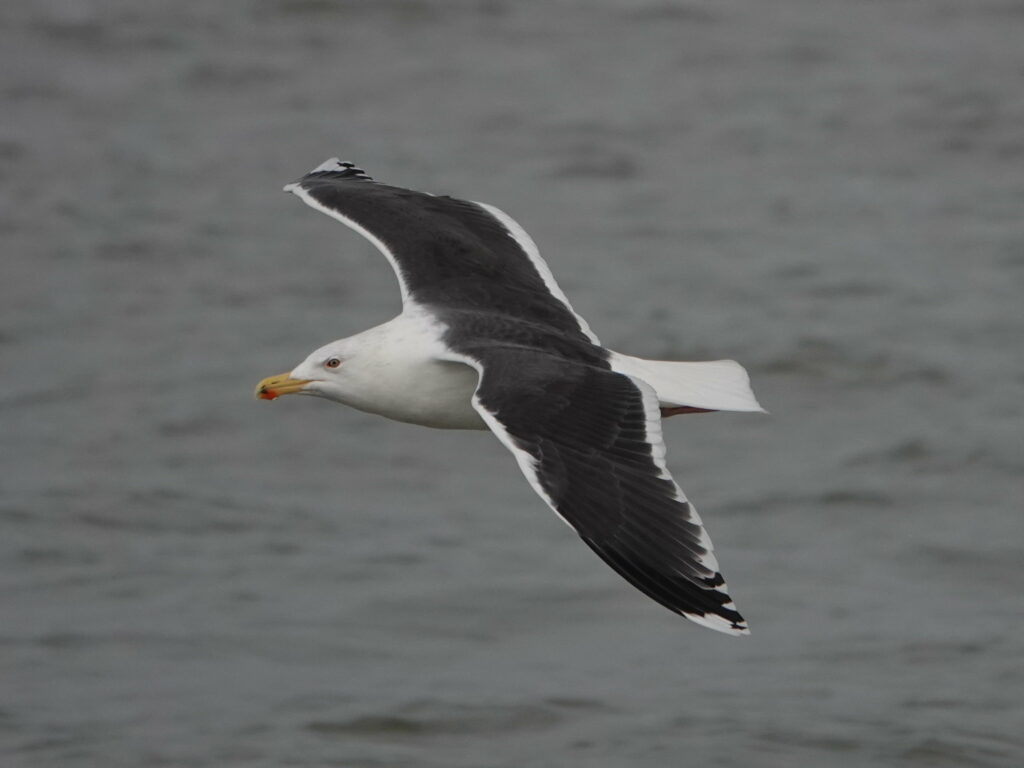
Identification: A thick-set, very large gull with a powerful beak. Great Black-backed Gulls are easily recognised by their black upper wings and an impressive wingspan of up to 167cm. The head, neck, tail and underside are white and there are visible white edges to the upper wings in flight. This species has pale pink legs, and a distinctive large yellow beak with a red spot on the underside towards the tip.
Distribution: There are around 17,000 breeding pairs of Great Black-backed Gull in the UK which can be seen throughout the year in coastal locations. This species is found across the UK but has high densities around the northern Isles and south-west Ireland.
Threats: Populations of Great Black-backed Gull have declined by an estimated 50% since 1985, brought on by suspected declines in food availability in their natural habitat, habitat loss and threats from entanglement and development.
Fun fact: The Great Black-backed Gull is the largest gull species in the world.
Arctic Tern (Sterna paradisaea)
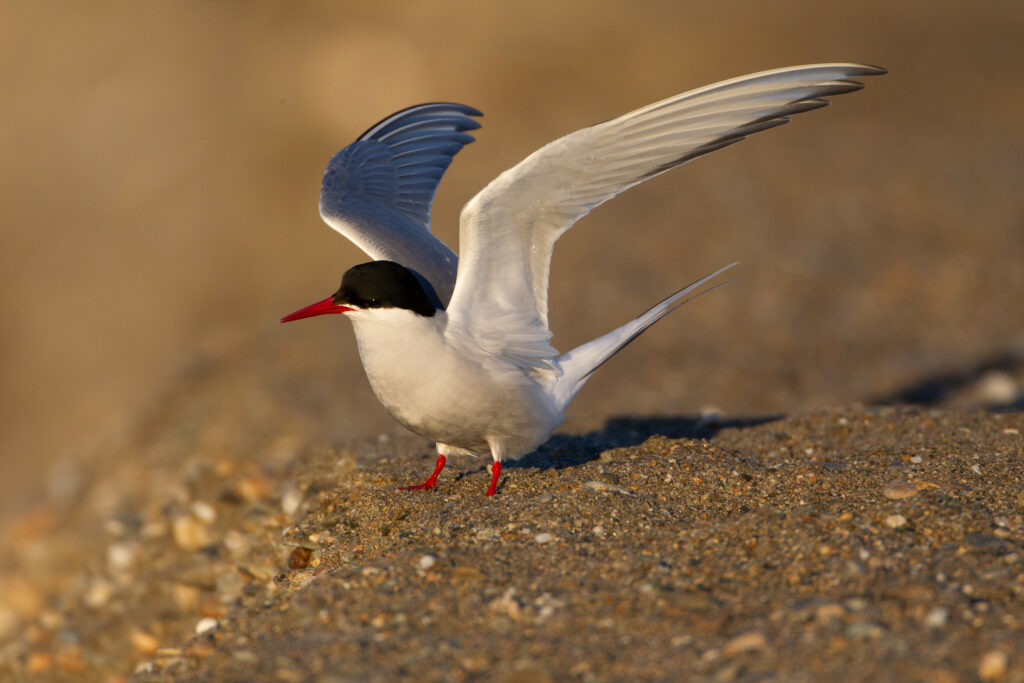
Identification: A small, slender seabird with a wingspan measuring up to 85cm. The Arctic Tern is a white bird with a black cap and grey wings. It is streamlined in shape and has a deeply forked tail with long streamers. The legs and pointed beak are red in colour and their calls are hard and repetitive, with a ‘kee-arr’ sound.
Distribution: There are approximately 54,000 breeding pairs in the UK that can be seen in good numbers around Shetland and Orkney. Arctic Tern can be seen from April to September in Britain, breeding coastally in the north.
Threats: Arctic Tern populations have undergone long-term declines for several reasons: habitat loss, human disturbance in breeding and feeding habitats, impacted chick survival by avian influenza, and declines in Sand Eels, a critical food source.
Fun fact: The Arctic Tern has the longest migration of any tern – this species breeds in the Arctic and travels south to summer in the Antarctic.
Great Skua (Stercorarius skua)
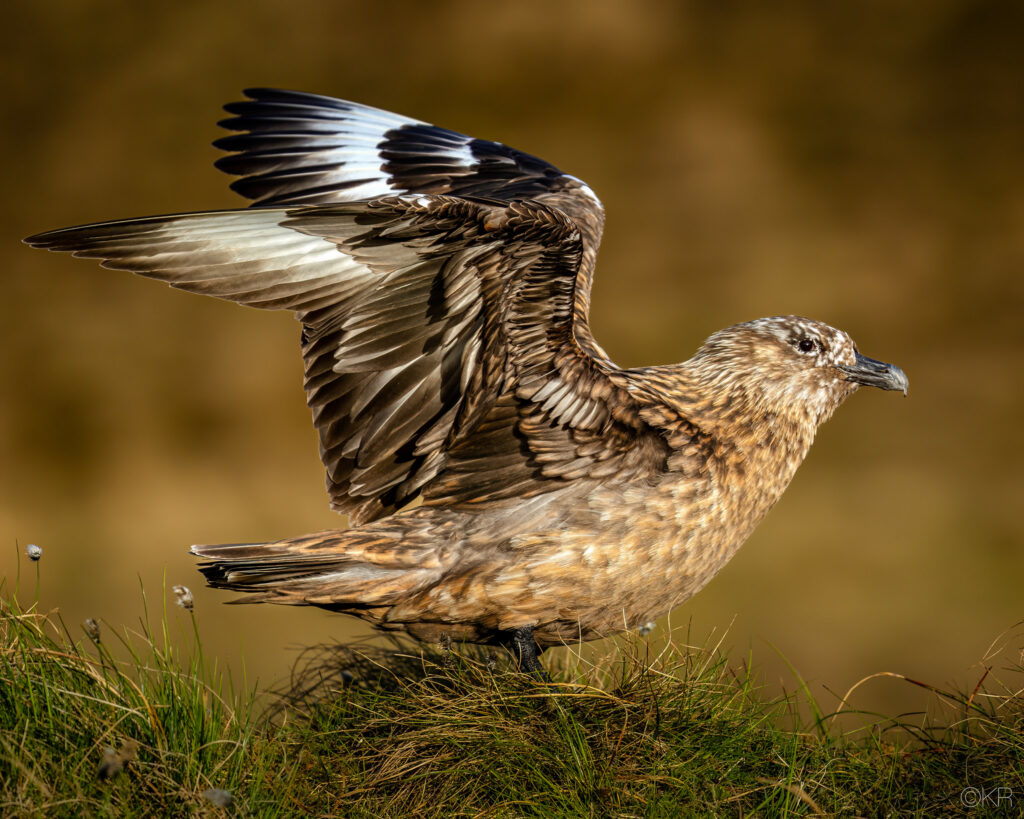
Identification: A large, dark brown bird with a wingspan up to 140cm. Great Skua are heavy in build and almost black in colour when viewed at a distance, with white flashes on the wing visible in flight. Up close, their plumage is streaked with black, brown, white and yellow and their bills and legs are black. They have a distinctive gull call – a harsh ‘hah-hah-hah-hah’ sound.
Distribution: Great Skua can be seen around British coastlines throughout the year, with most sightings documented between April and November. This species is known to breed on northern islands, including Shetland and Orkney during the summer months.
Threats: Great Skua populations have been severely impacted by avian influenza, resulting in at least 2,500 deaths of Scottish birds since 2022.
Fun fact: Considered ‘pirates of the sea’, Great Skuas are predatory birds and will hunt small birds, rabbits and rodents.
Recommended Reading:
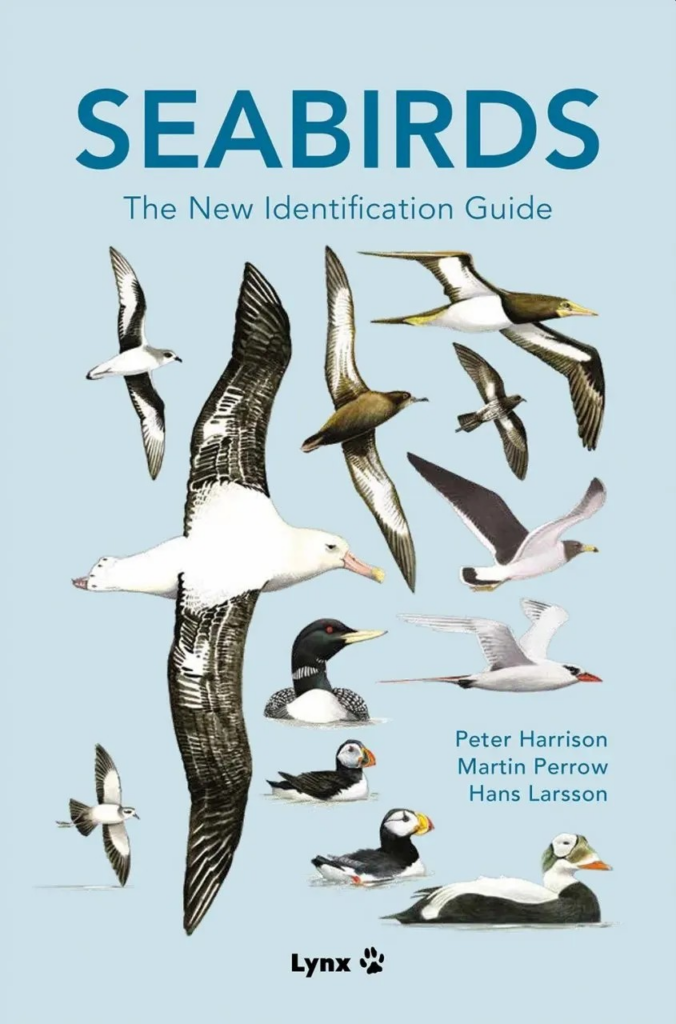 Seabirds: The New Identification Guide
Seabirds: The New Identification Guide
Lavishly illustrated, this comprehensive guide covers all known seabirds and features more than 3,800 full-colour figures.
The definitive work on the European Storm-petrel and its relatives, by one of the world’s leading experts on the species.
In ten chapters, each dedicated to a different bird, this book travels the ocean paths along with them, looking at the way their bodies work and the strategies needed to survive in the most demanding environment on earth.

